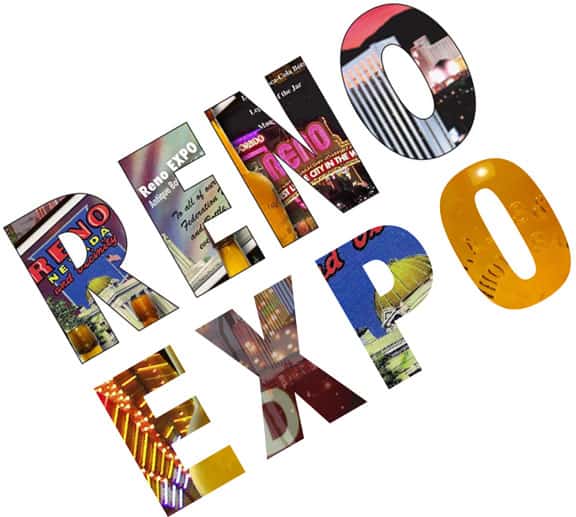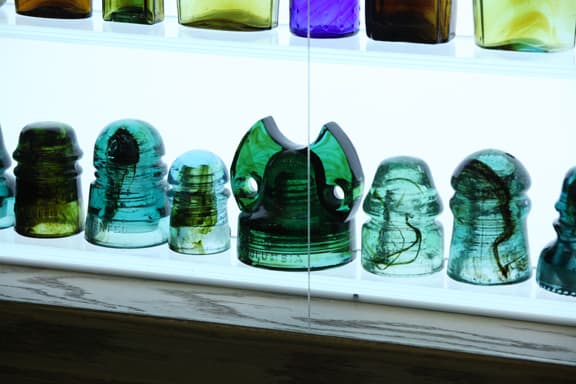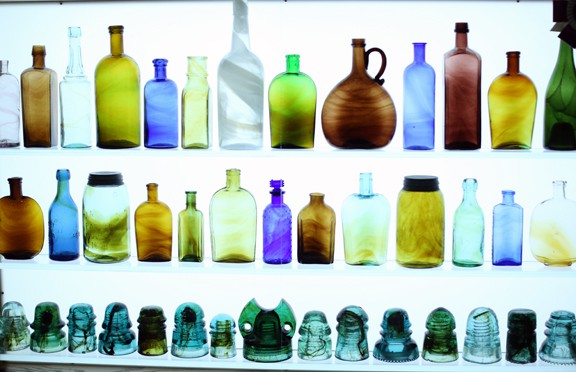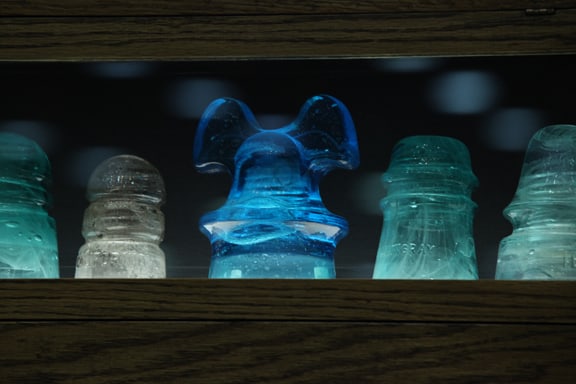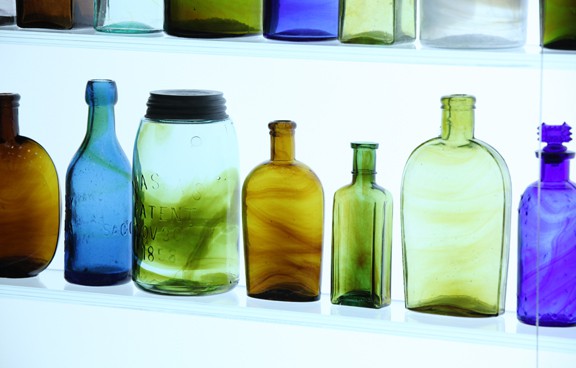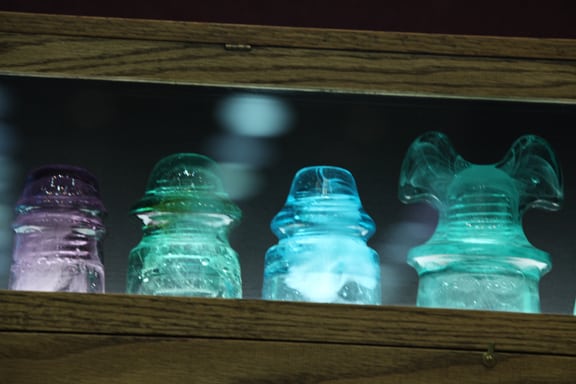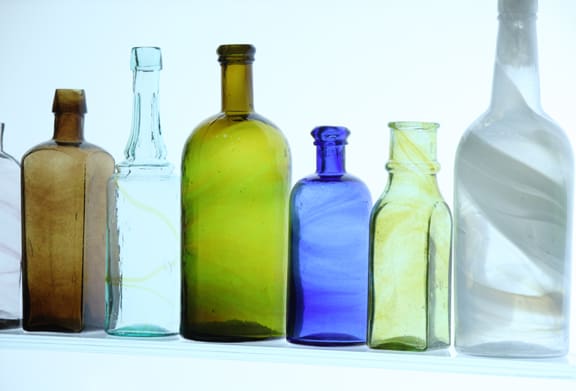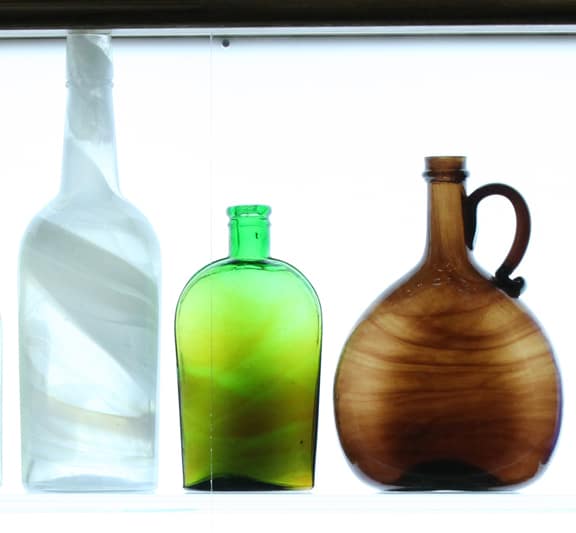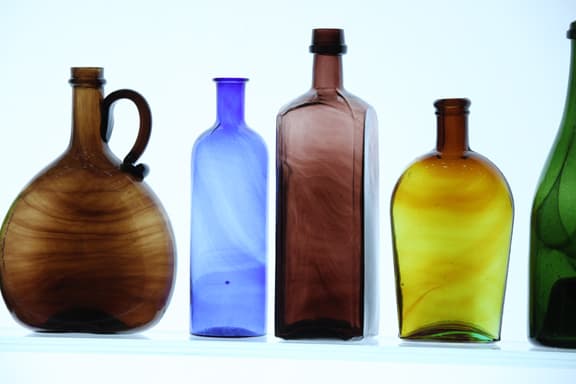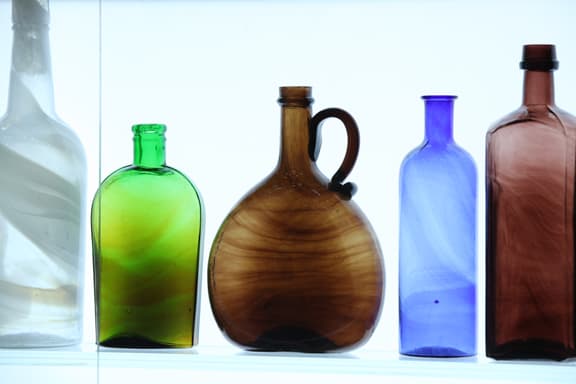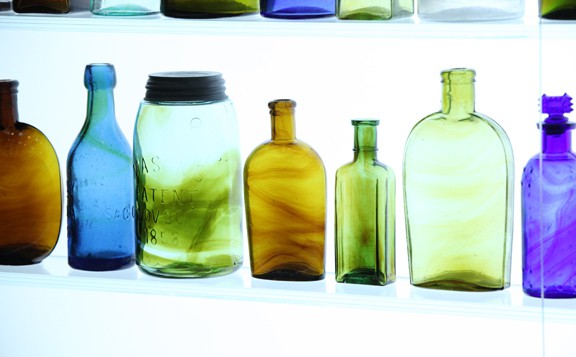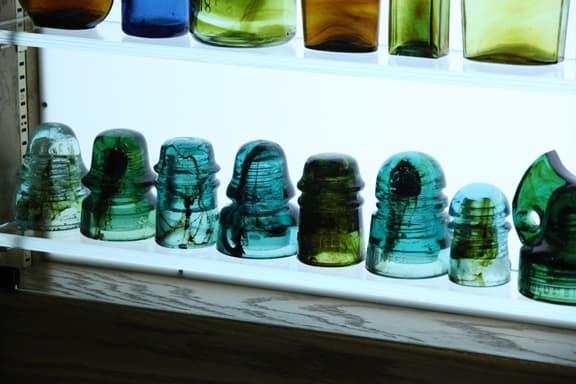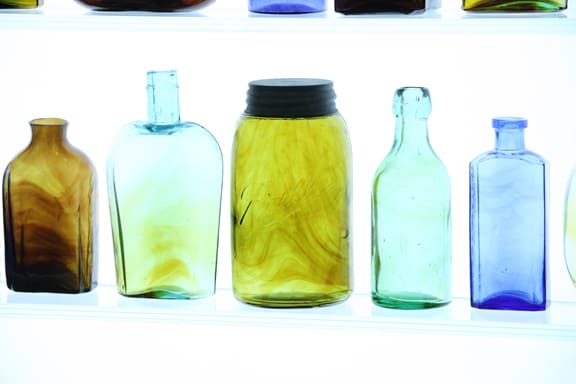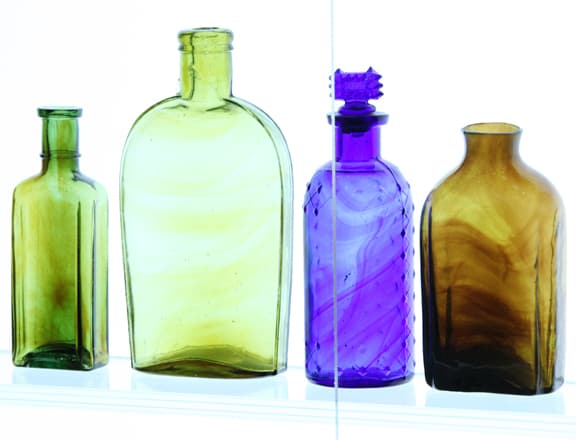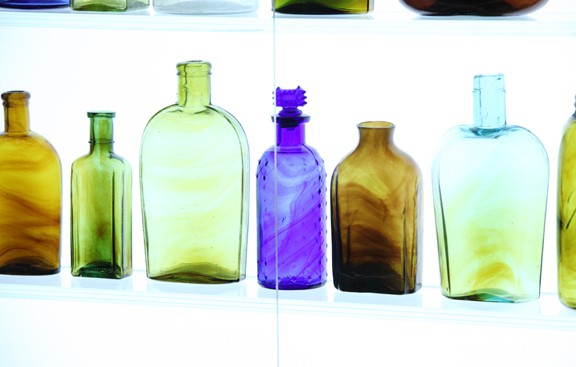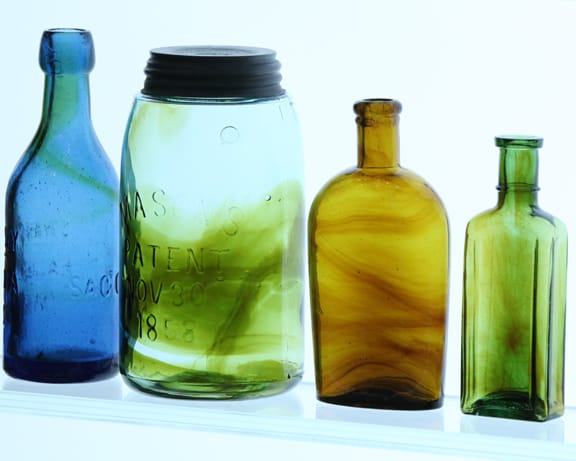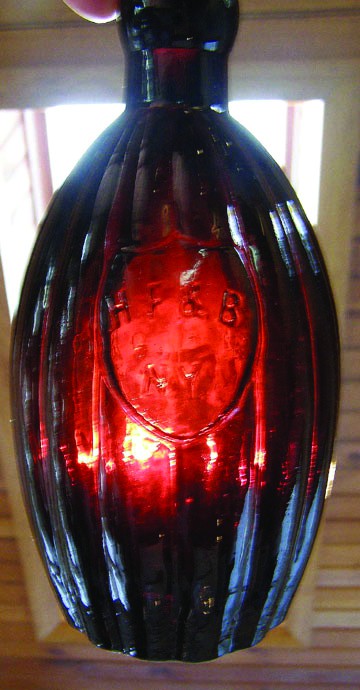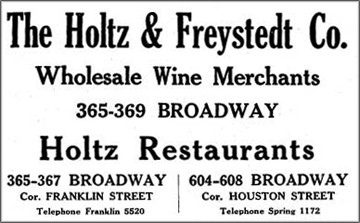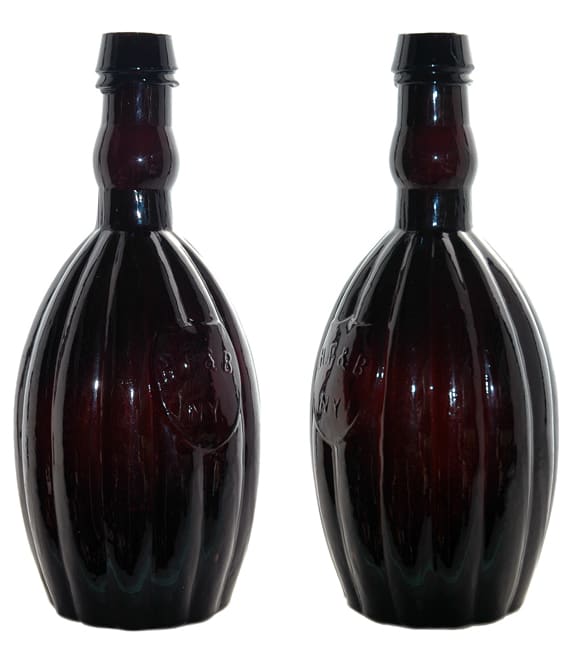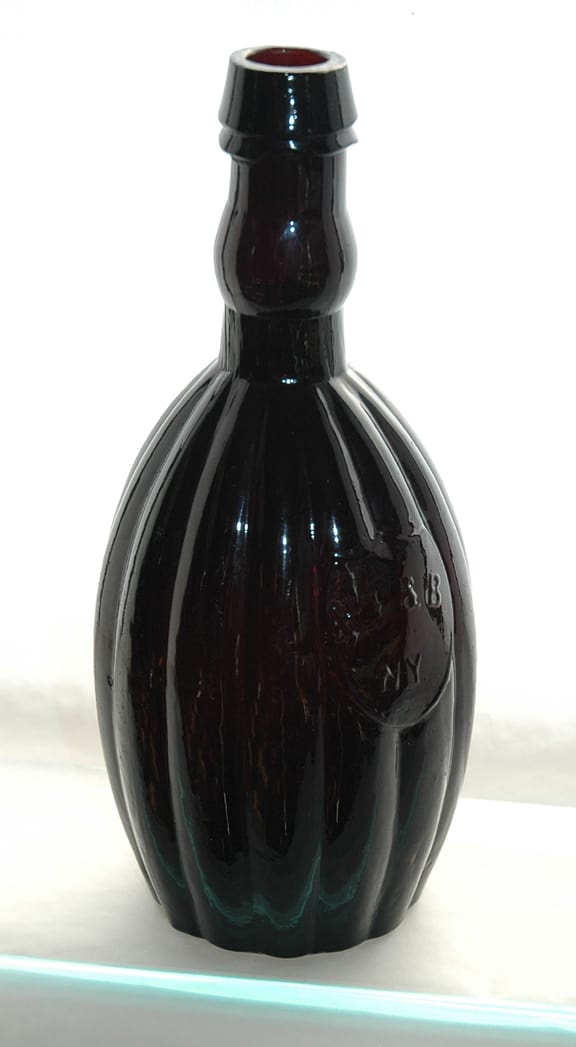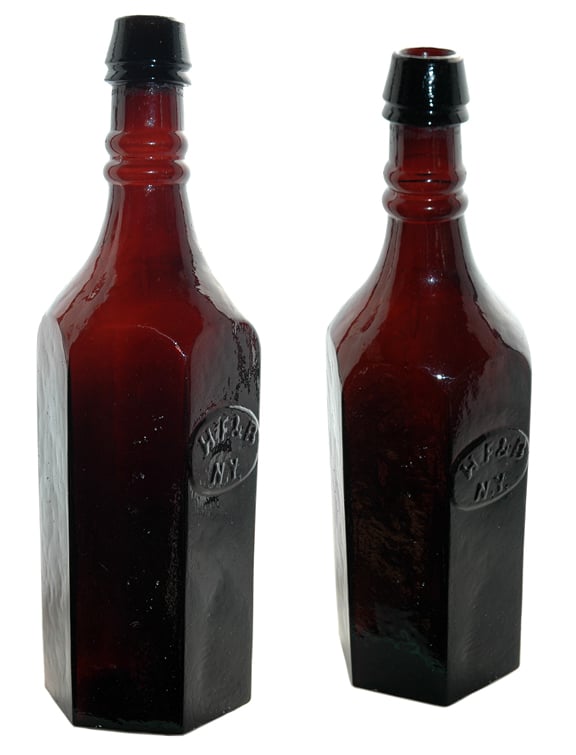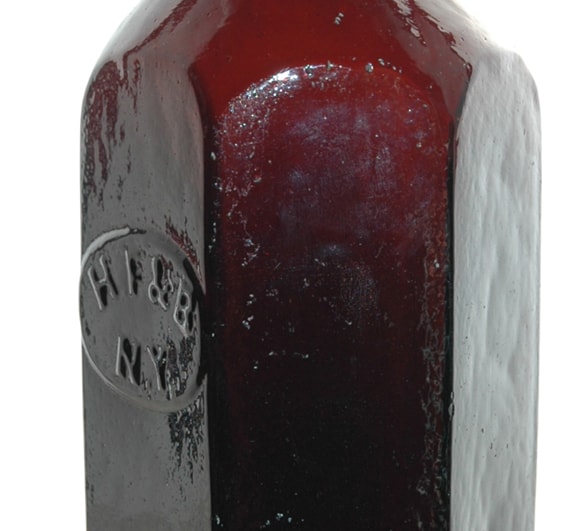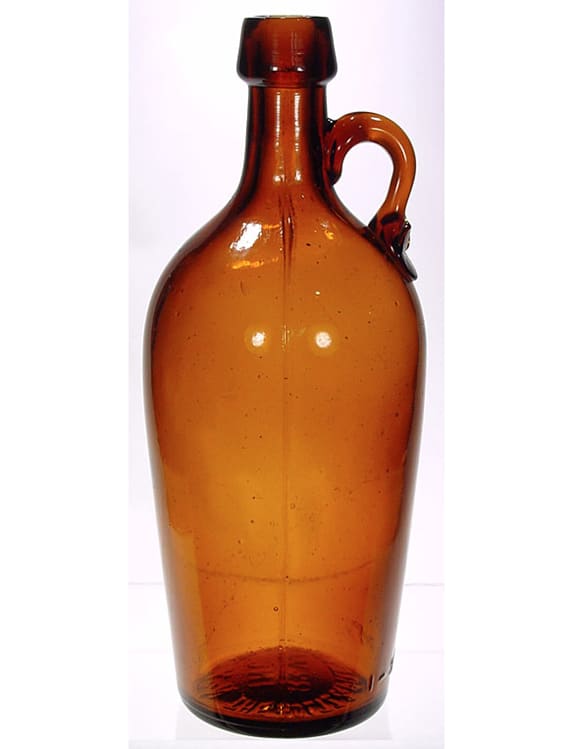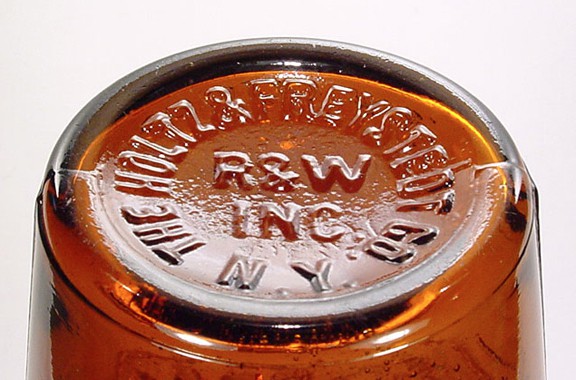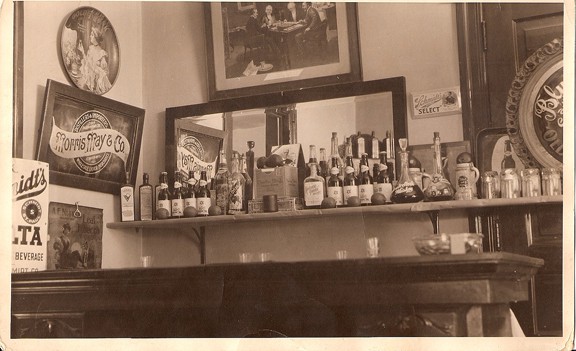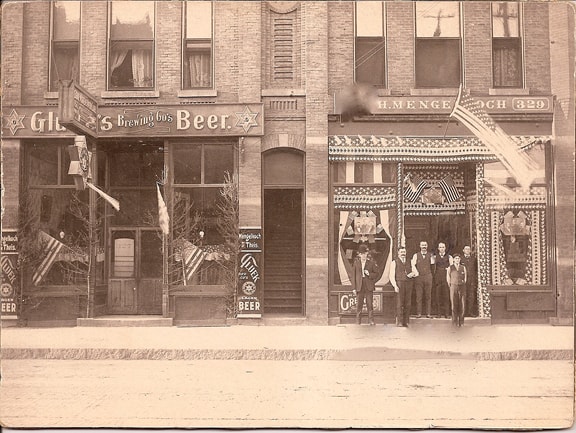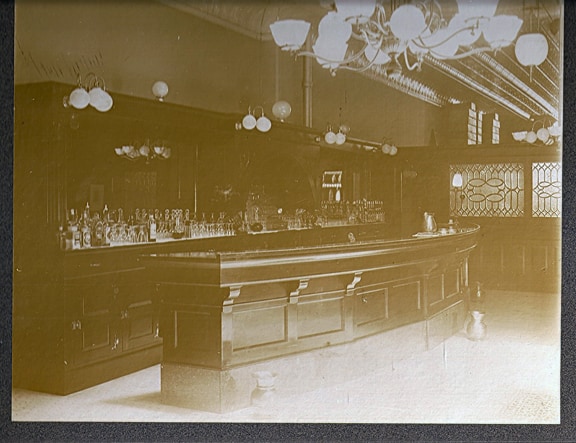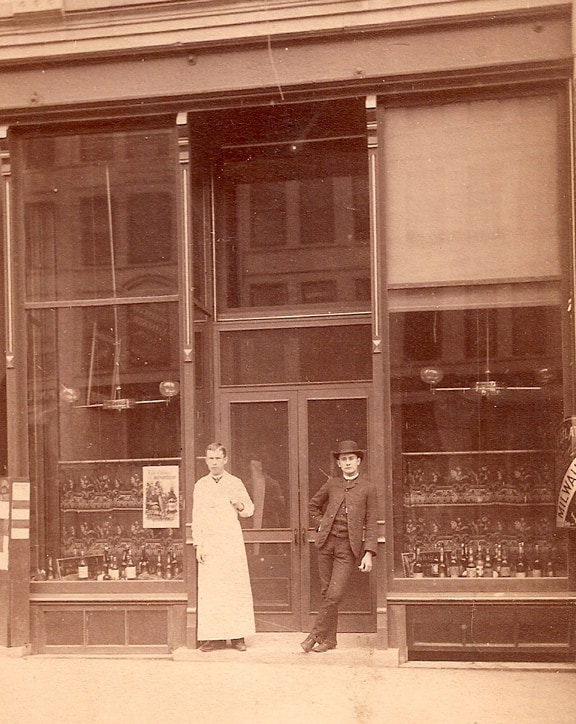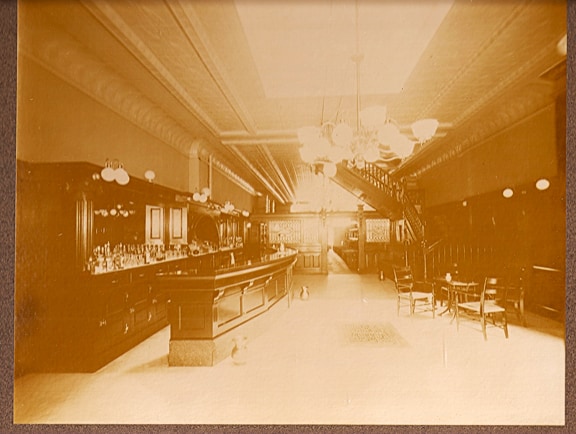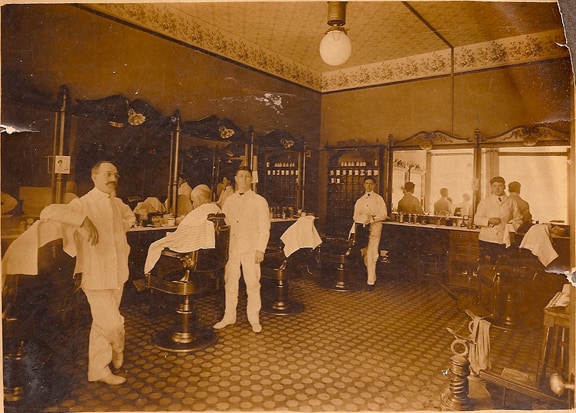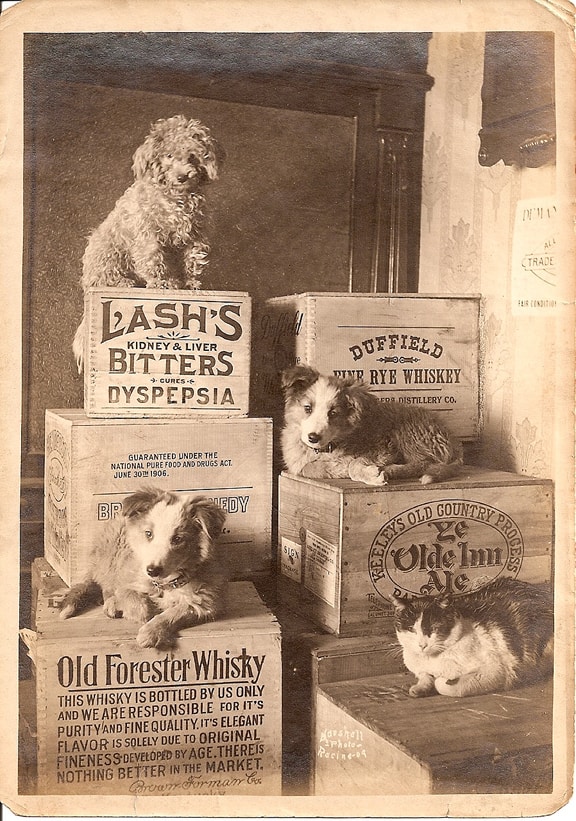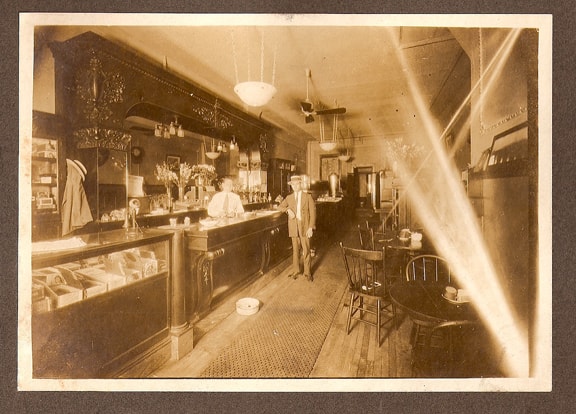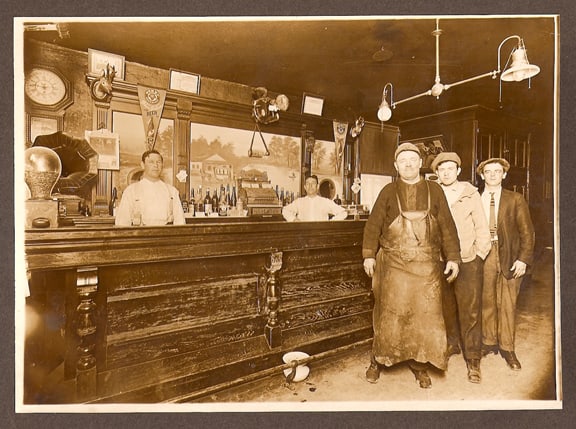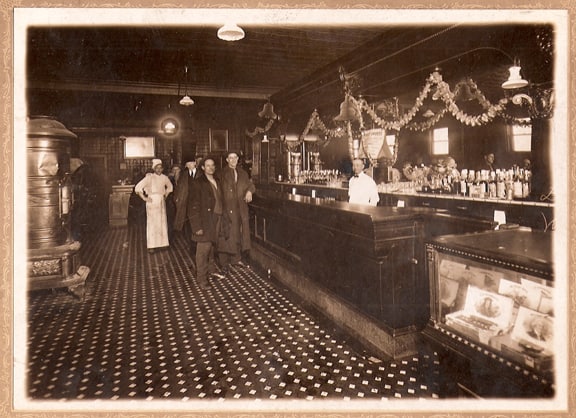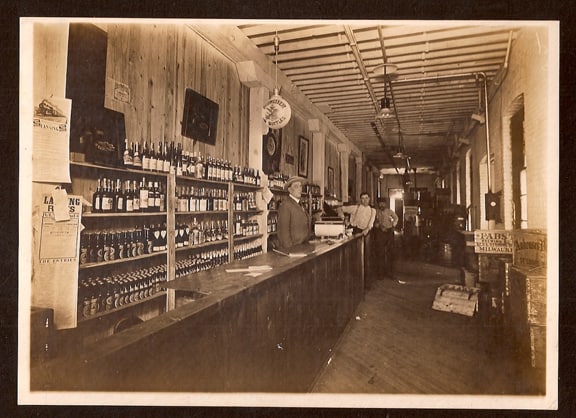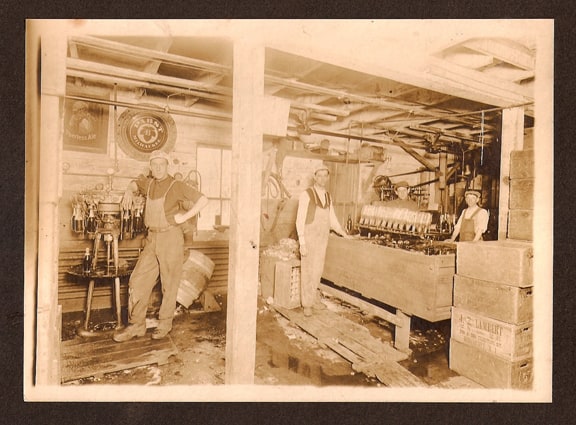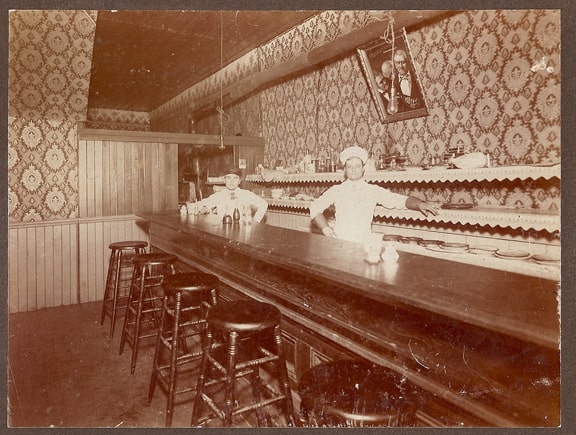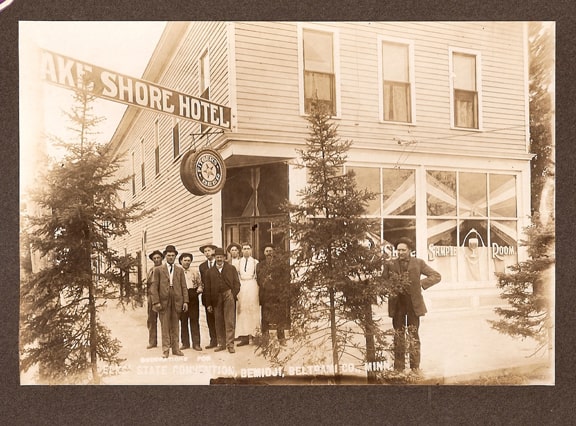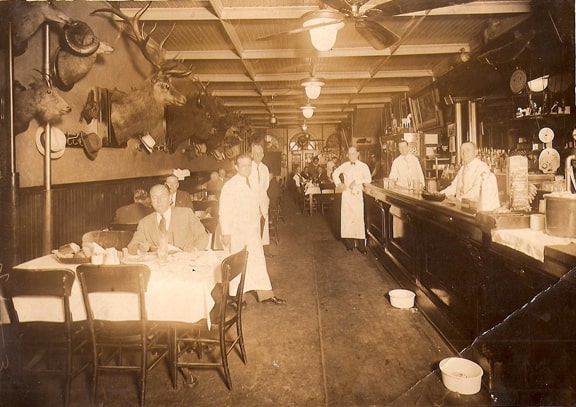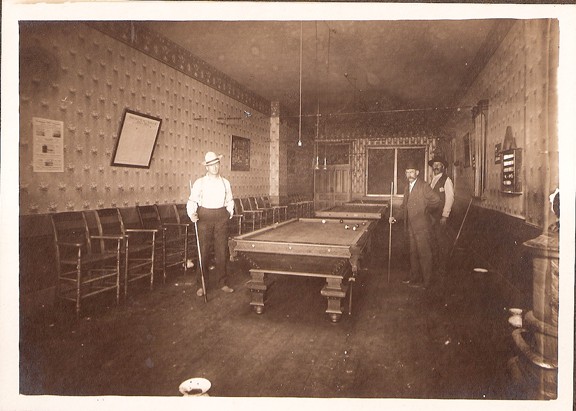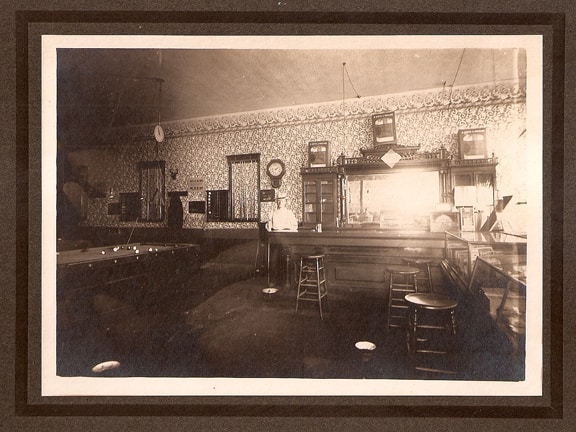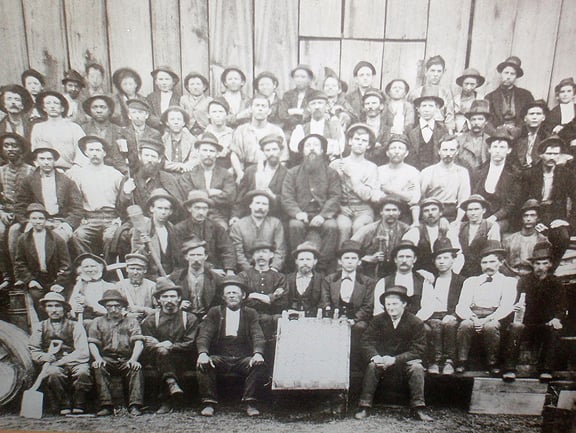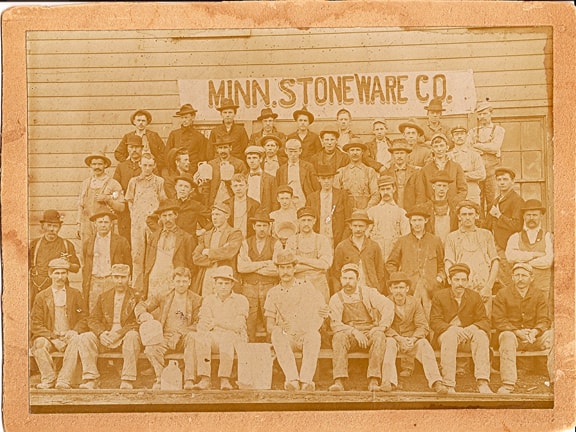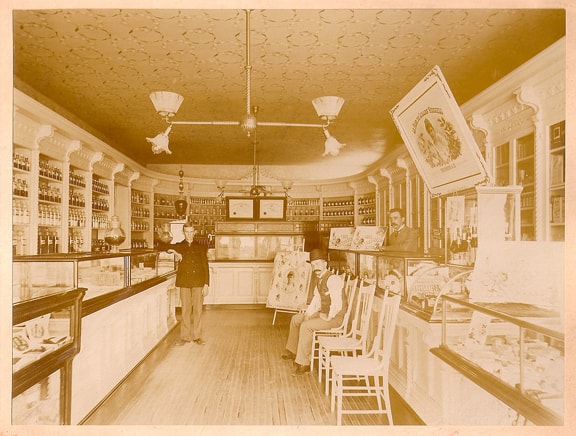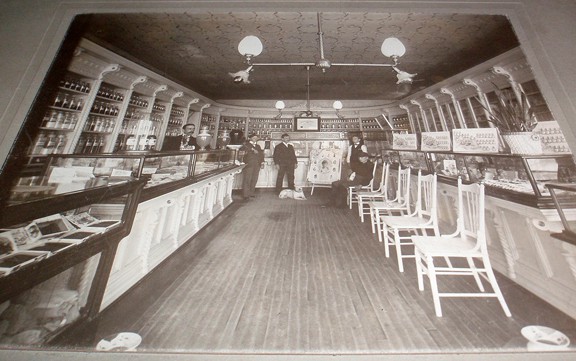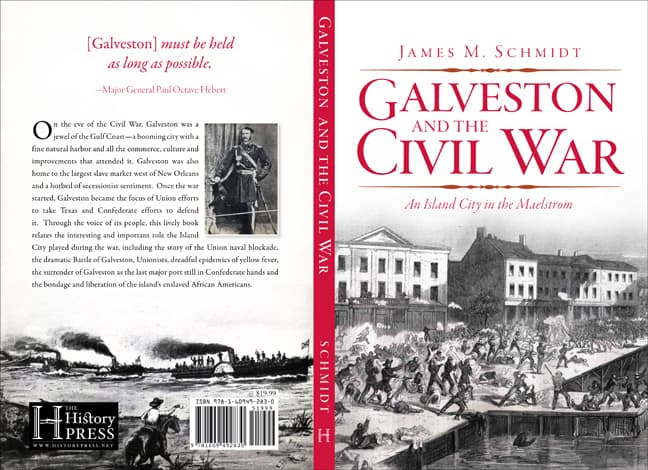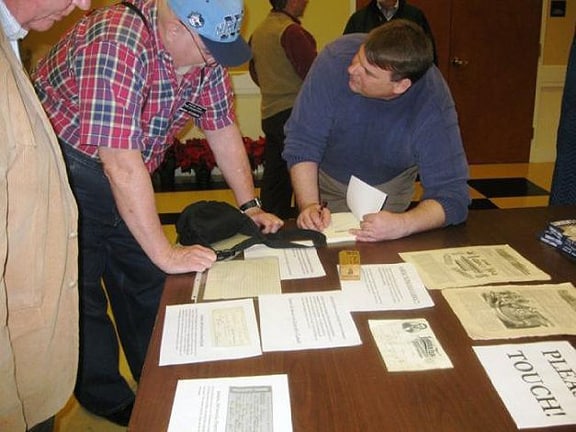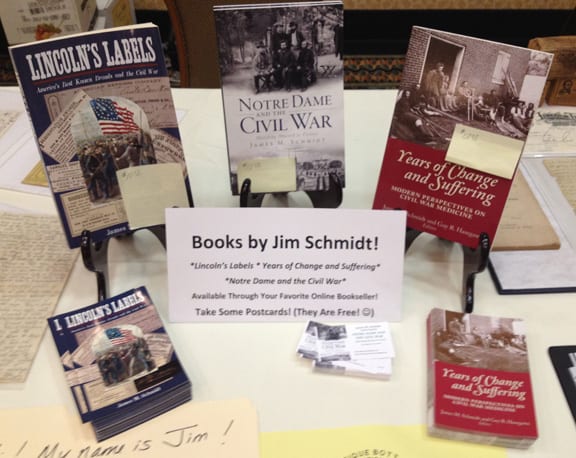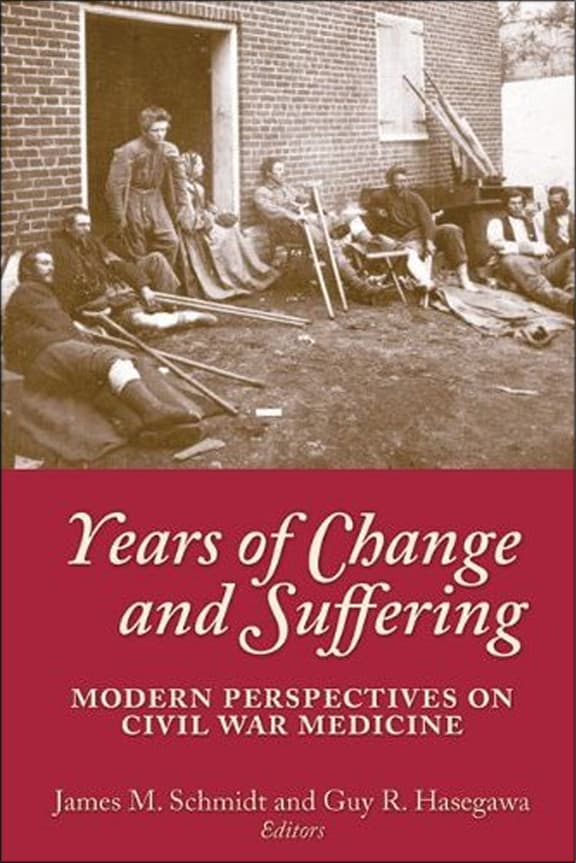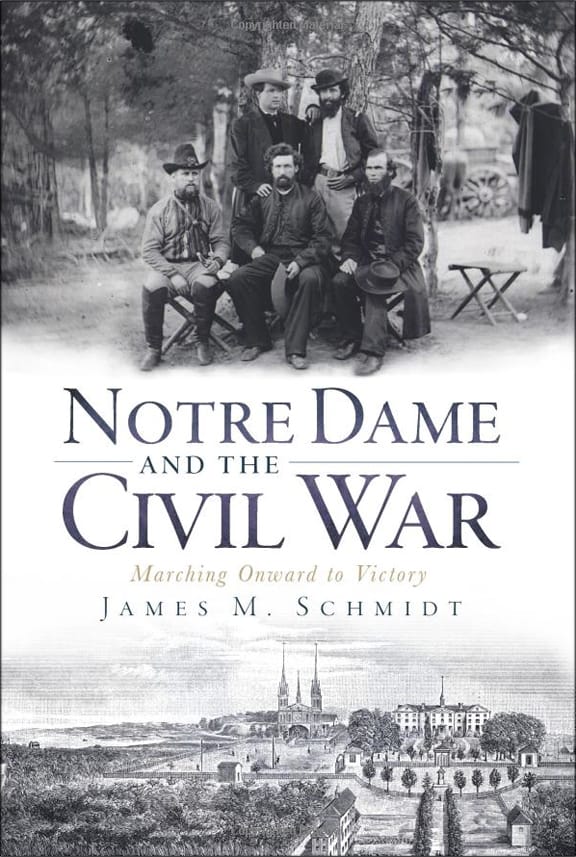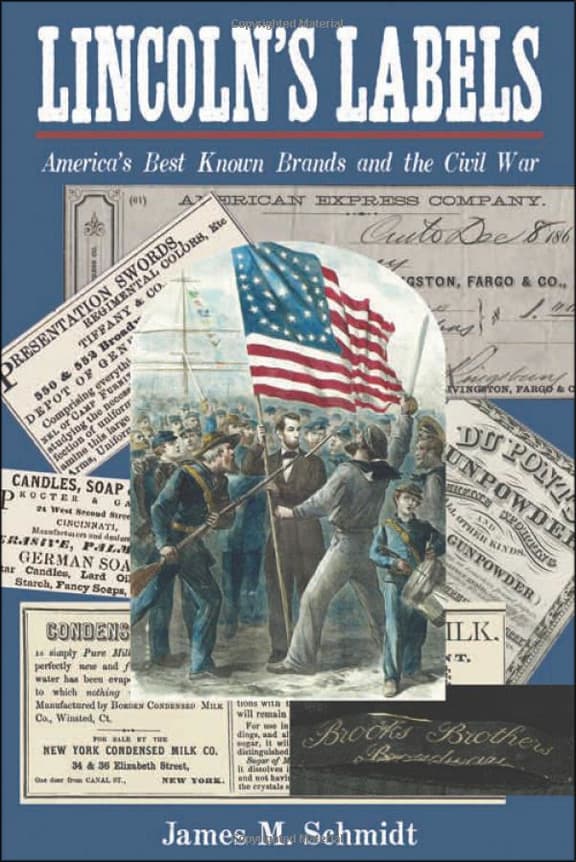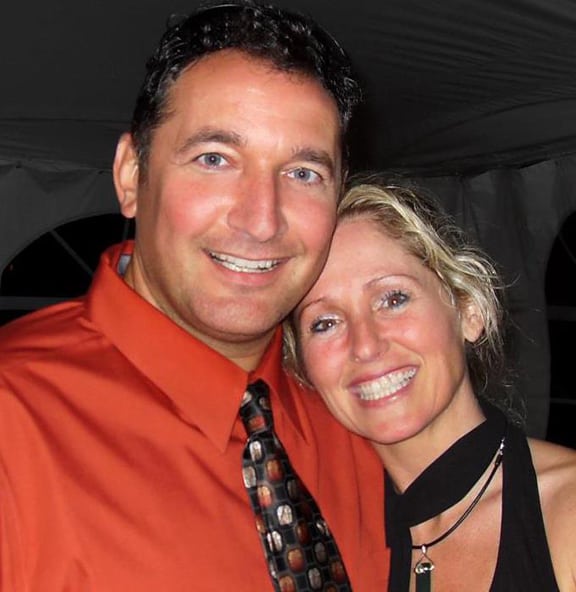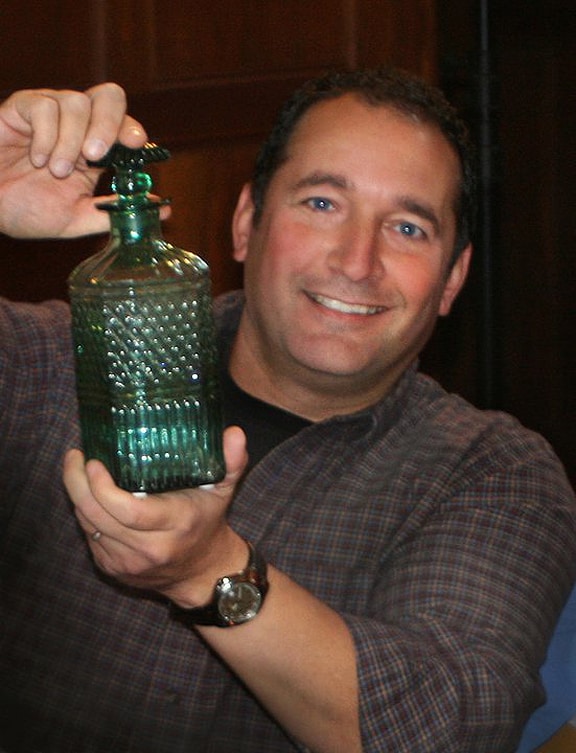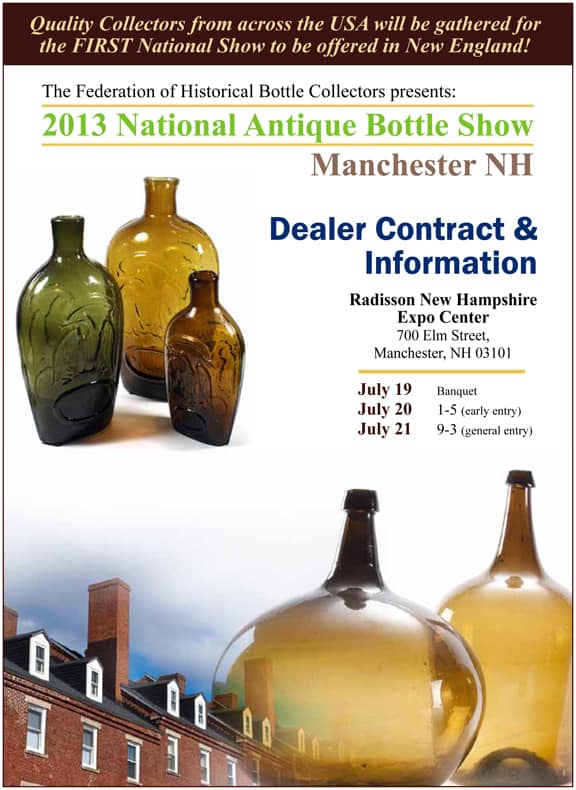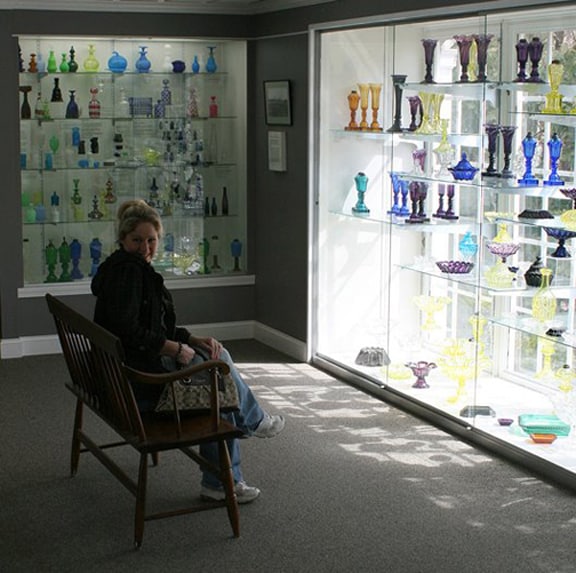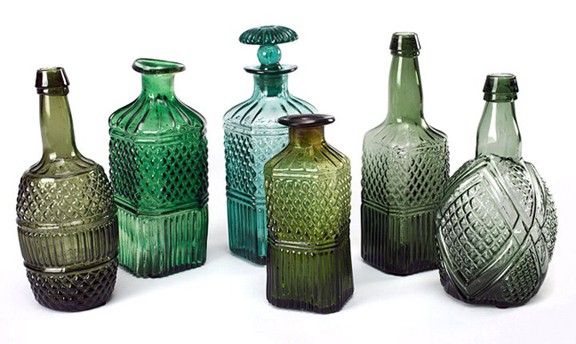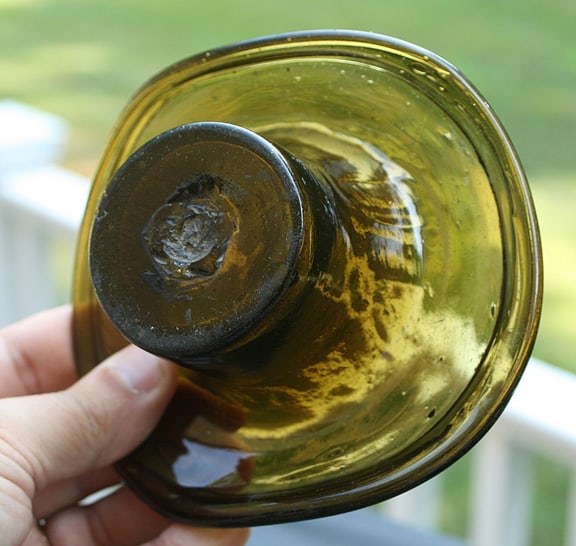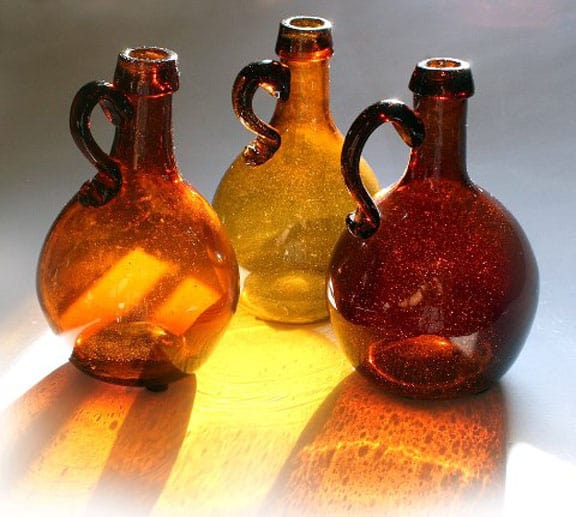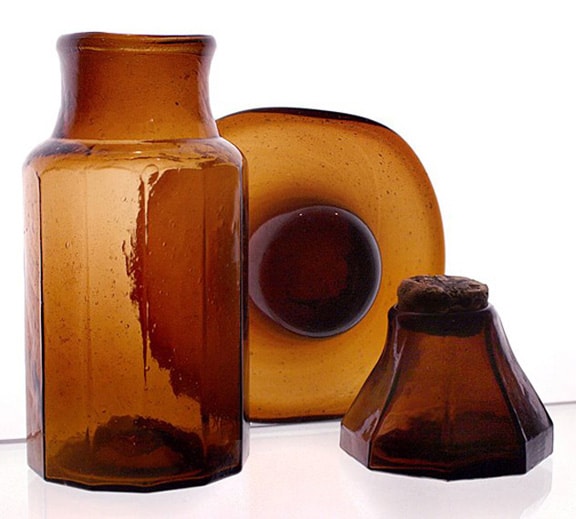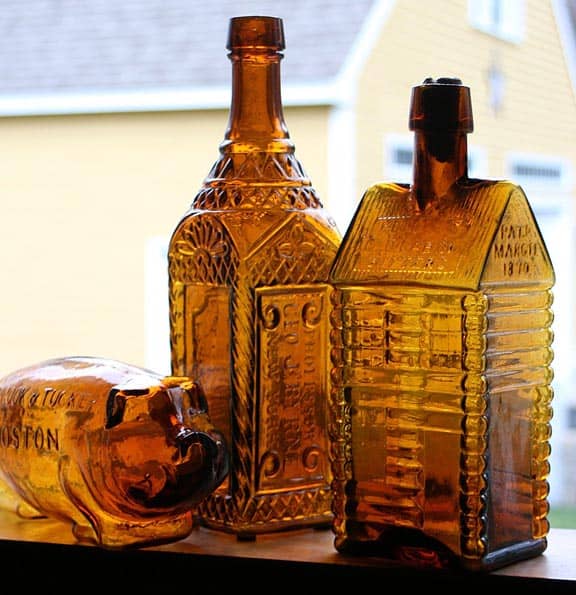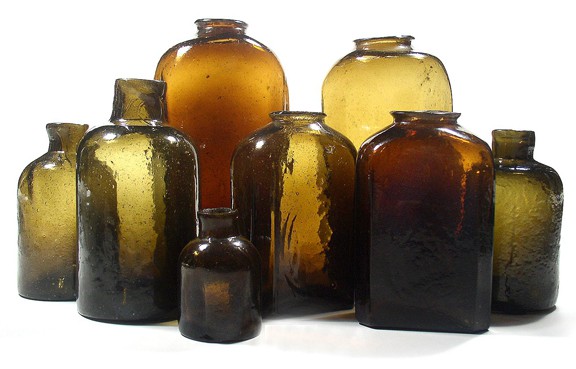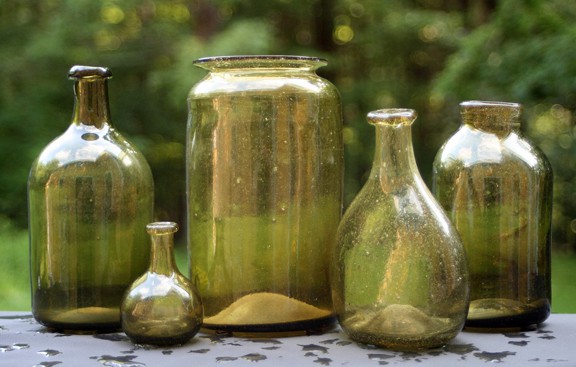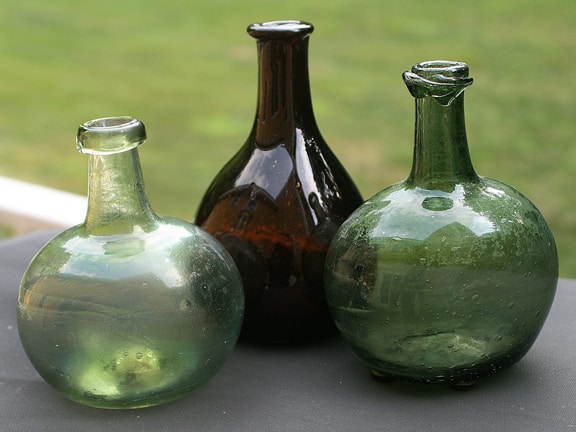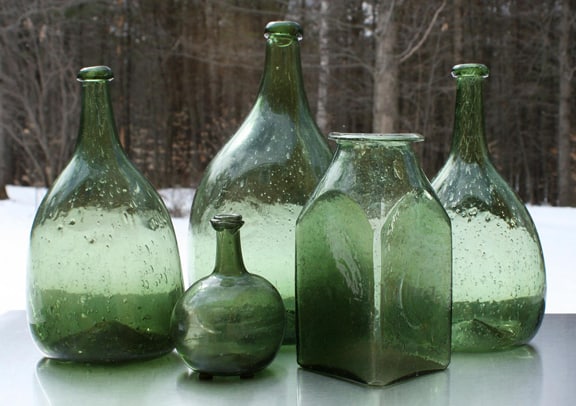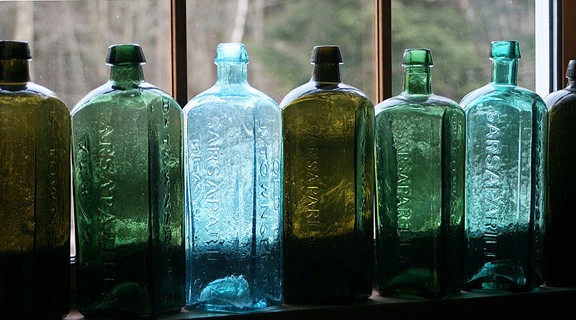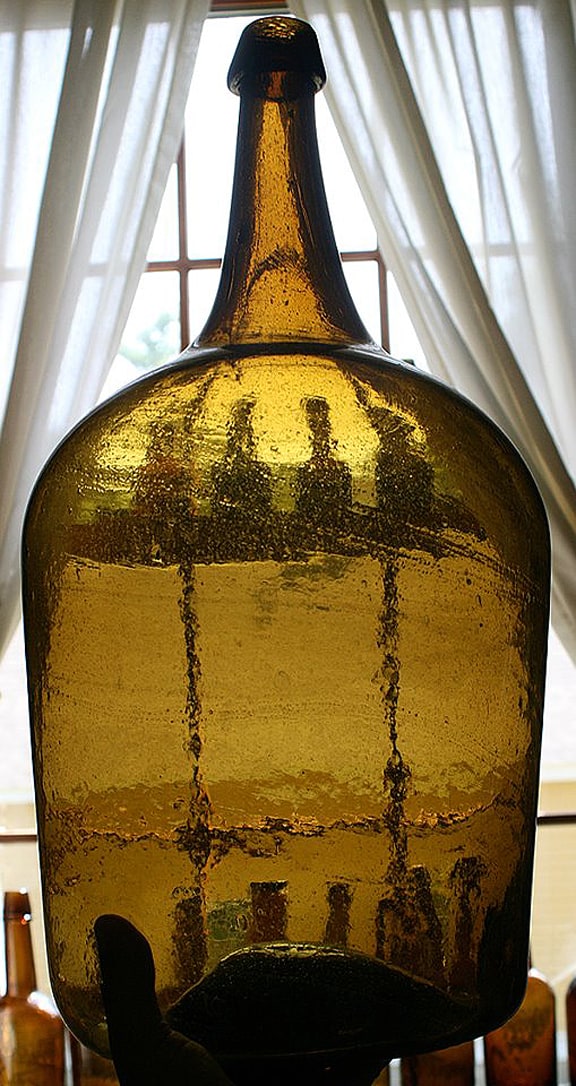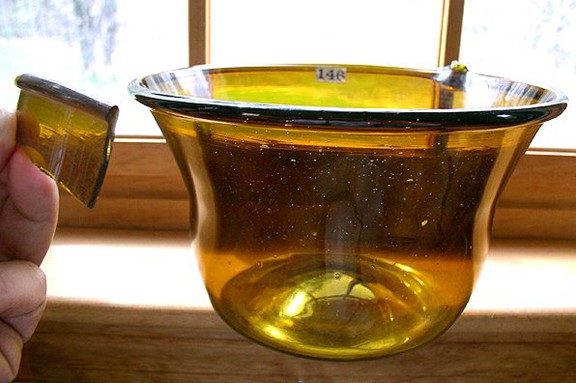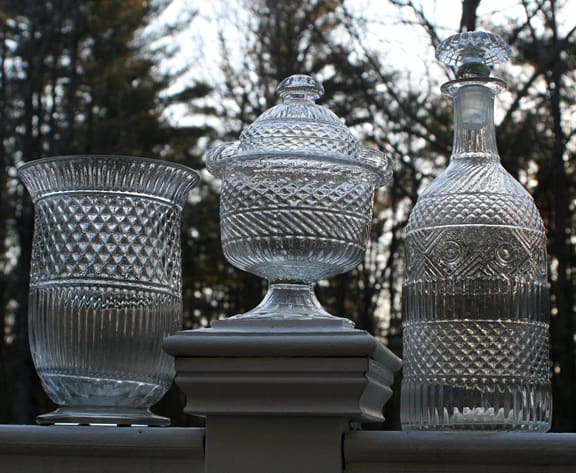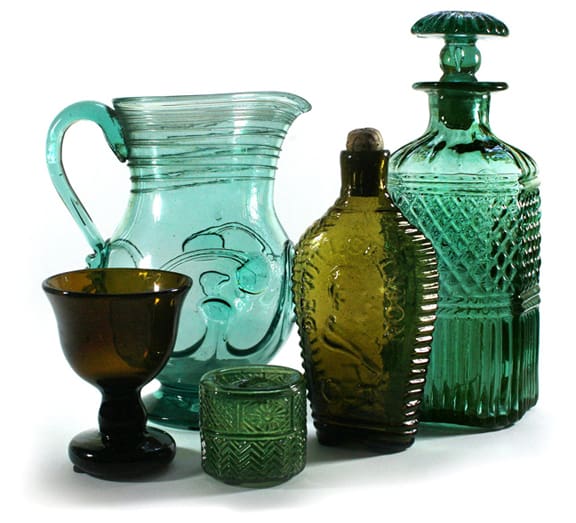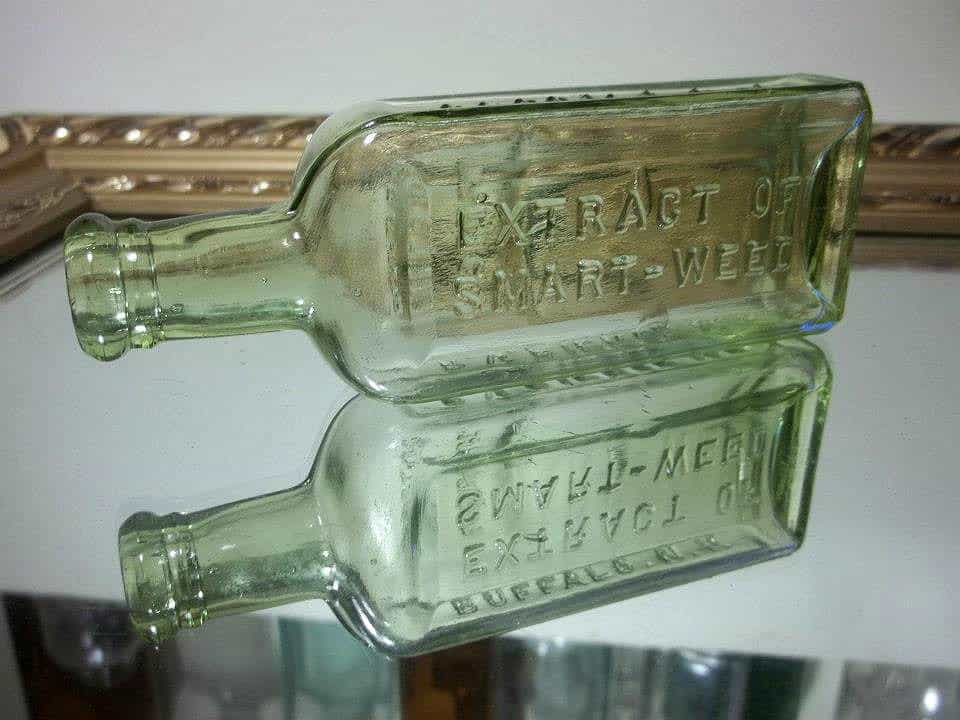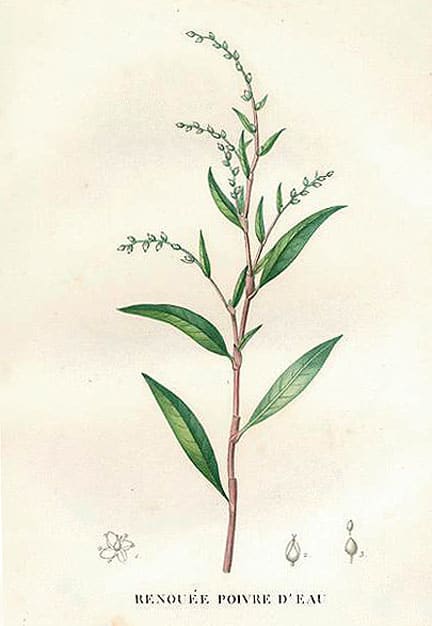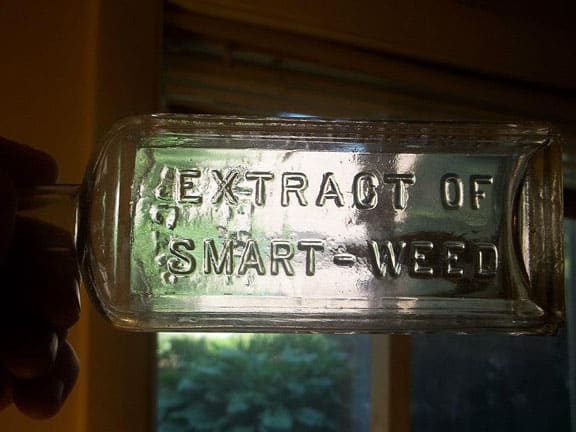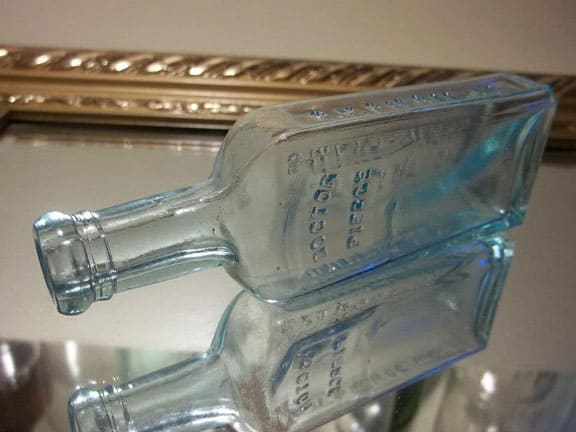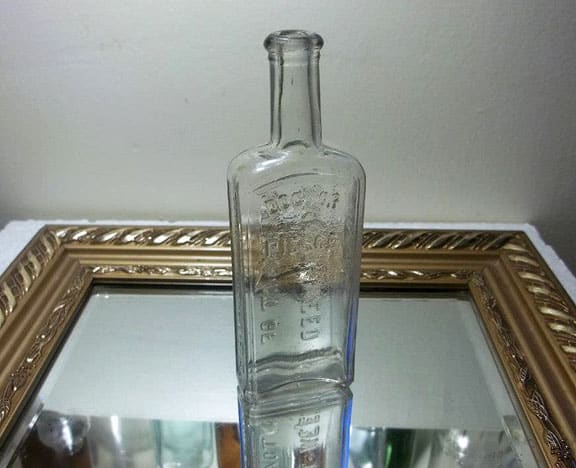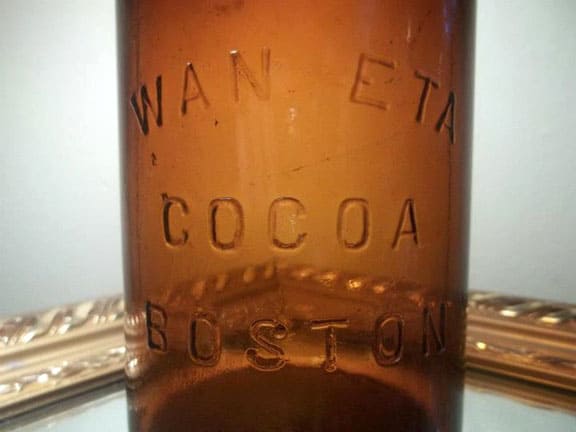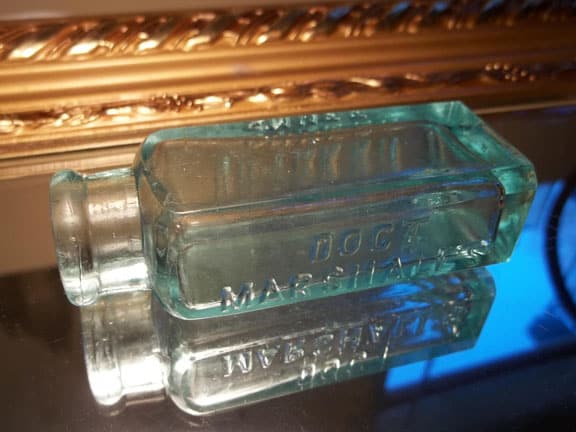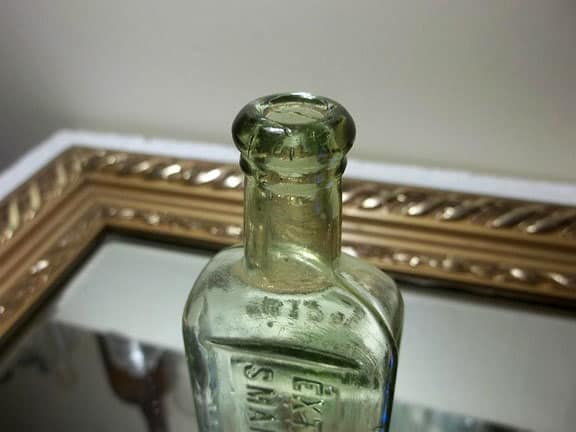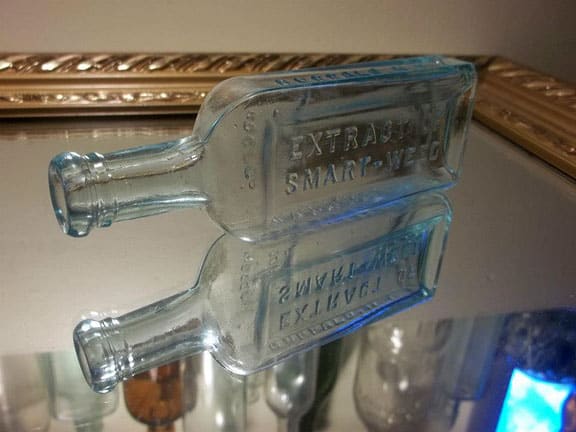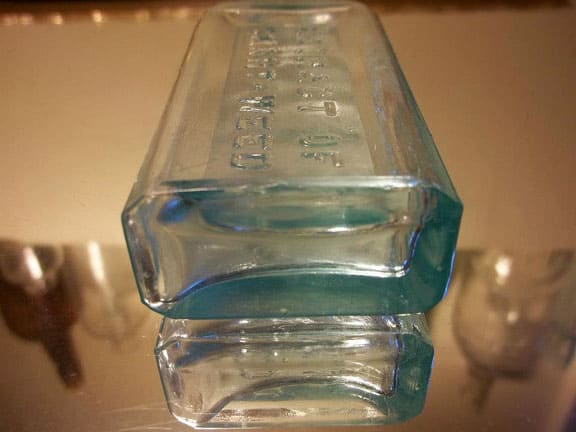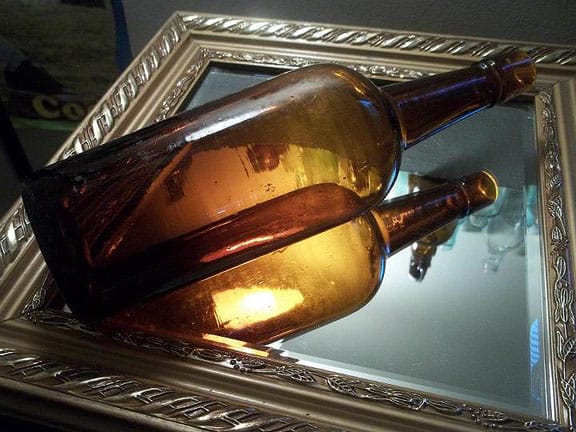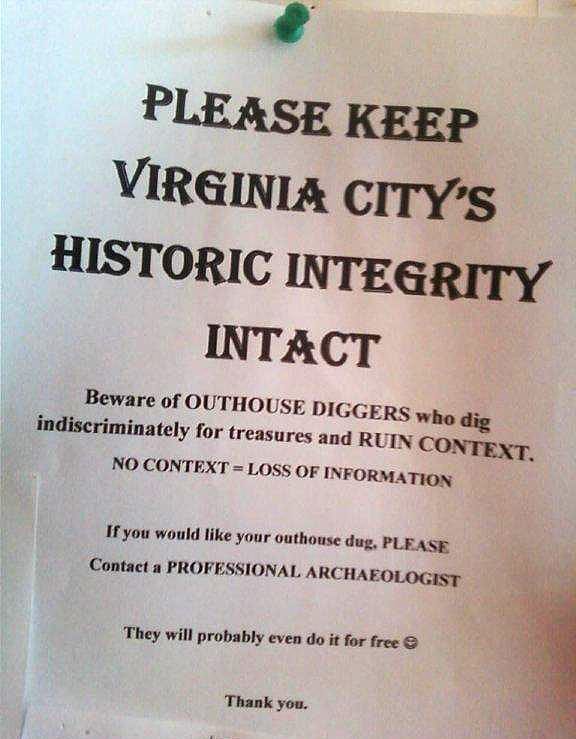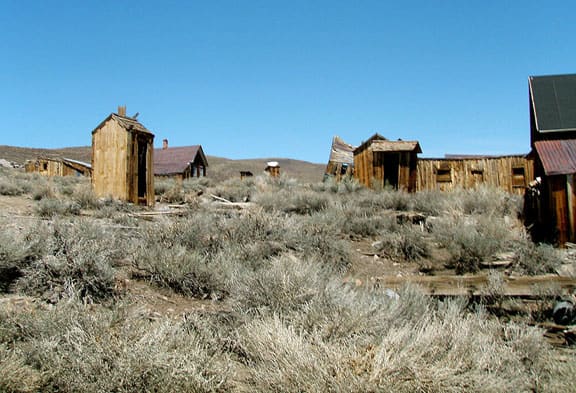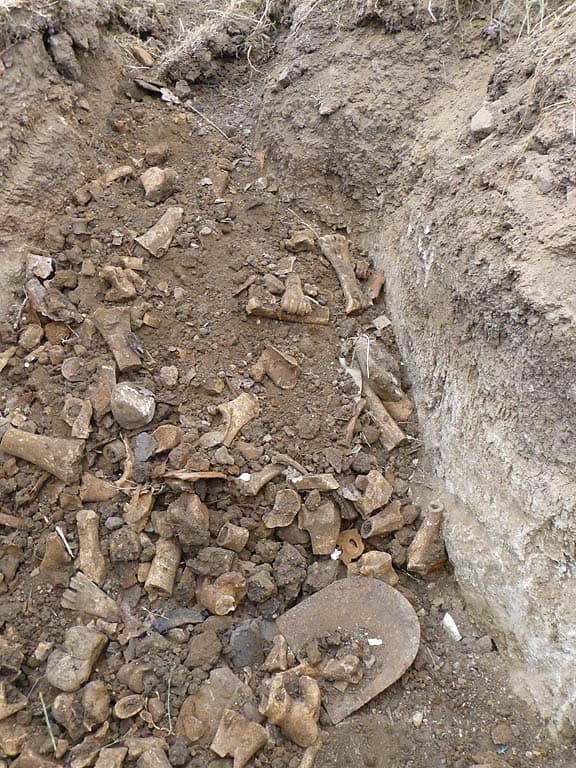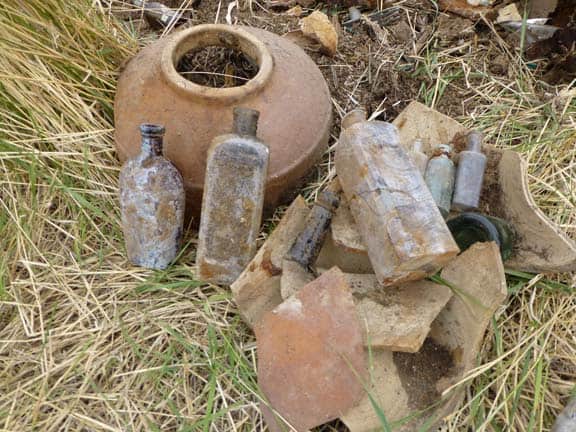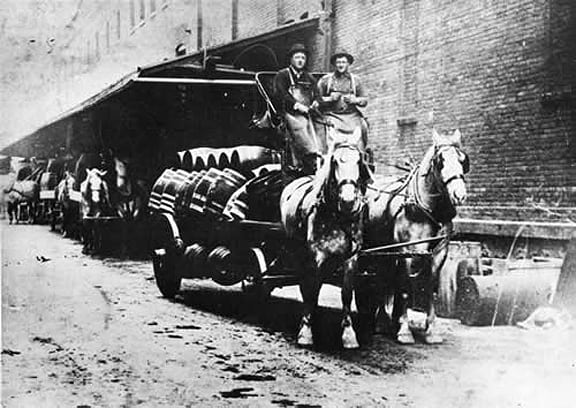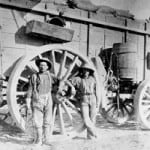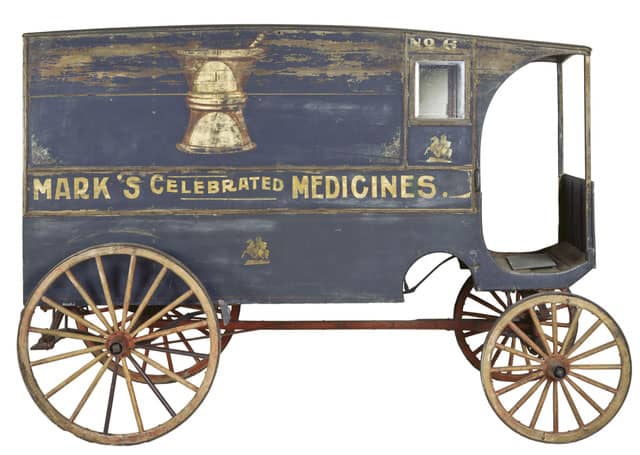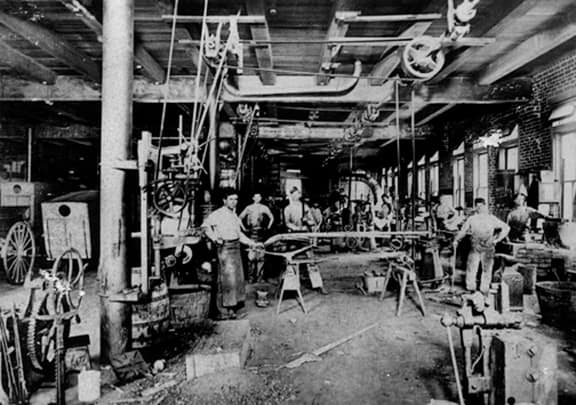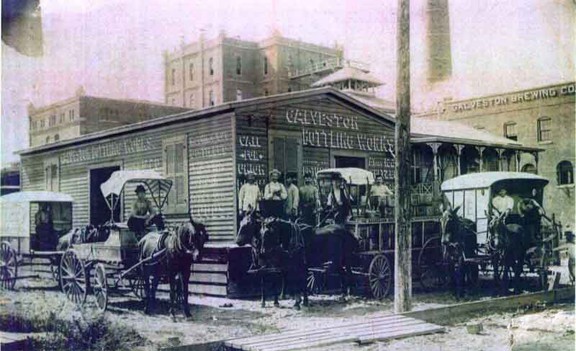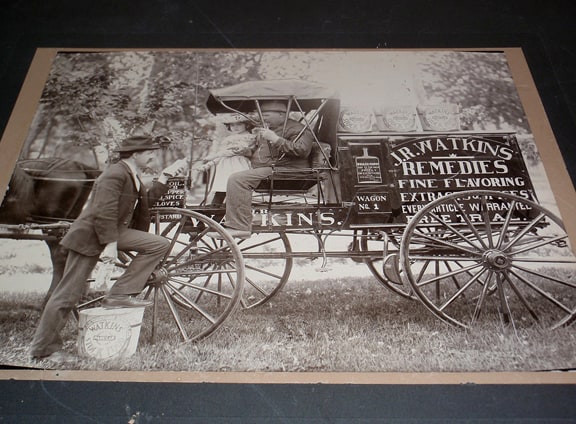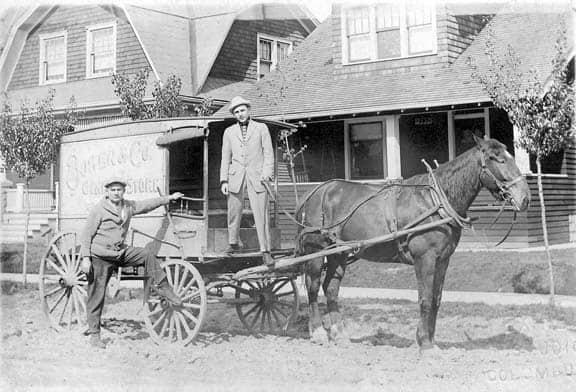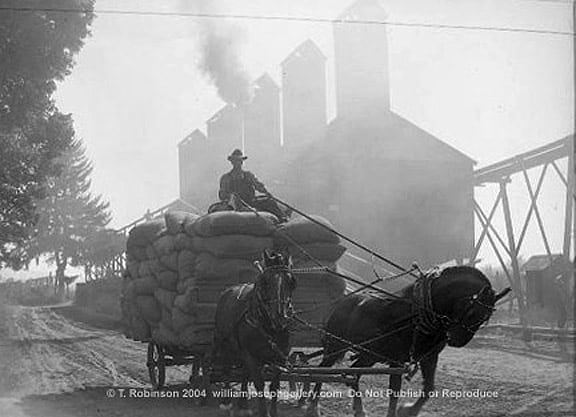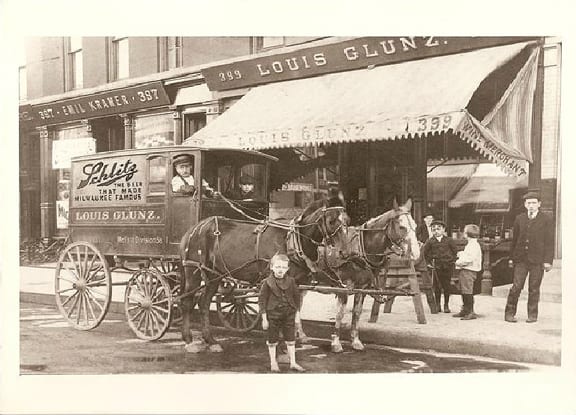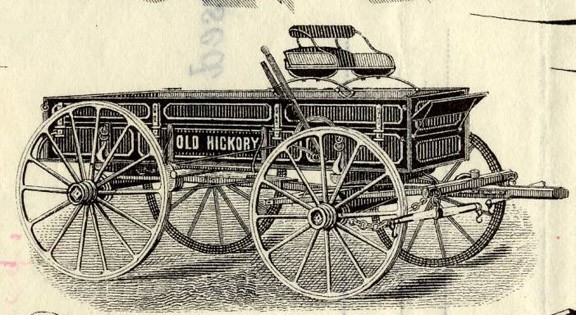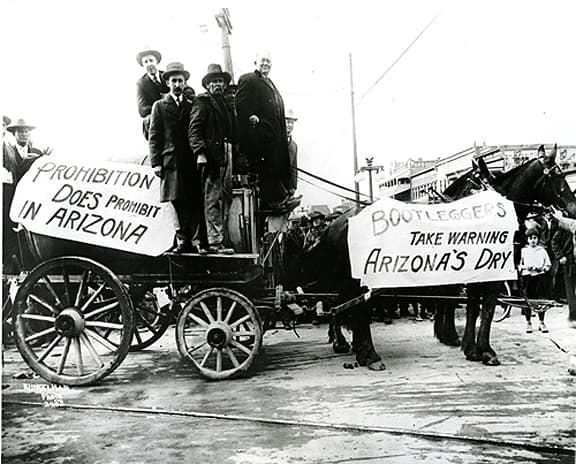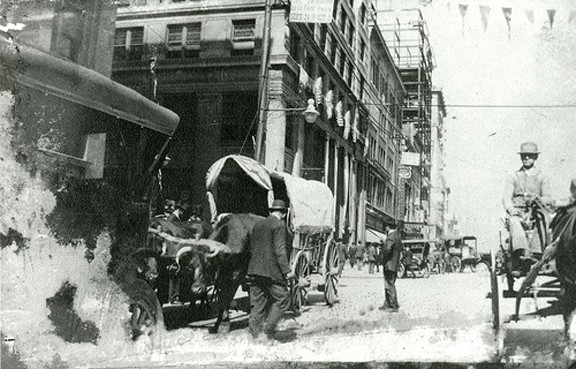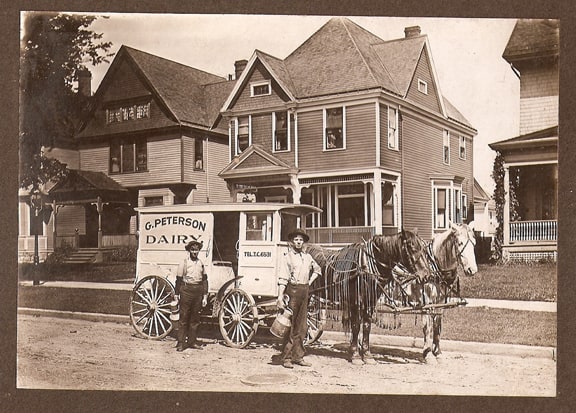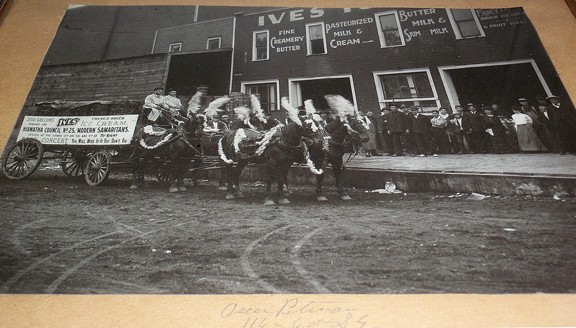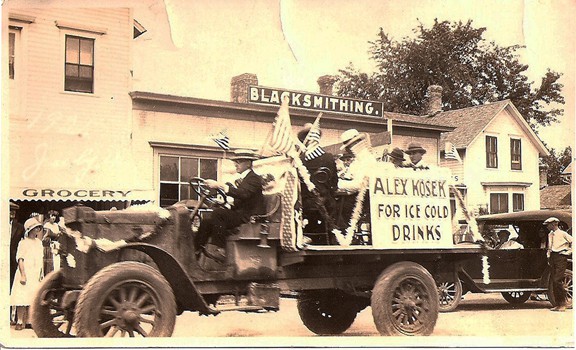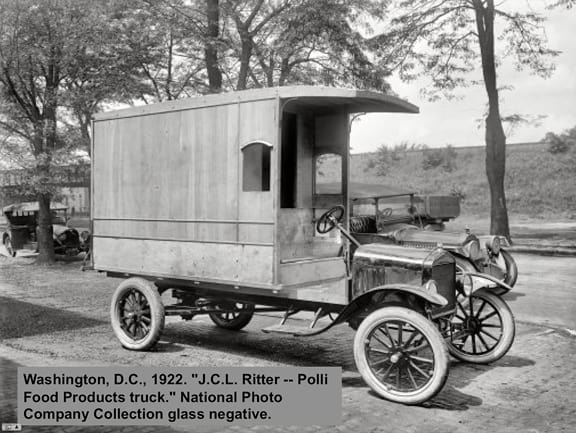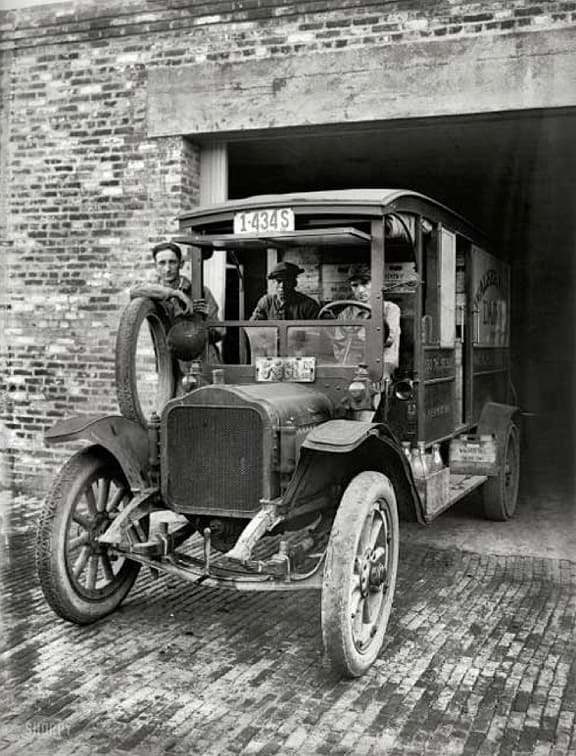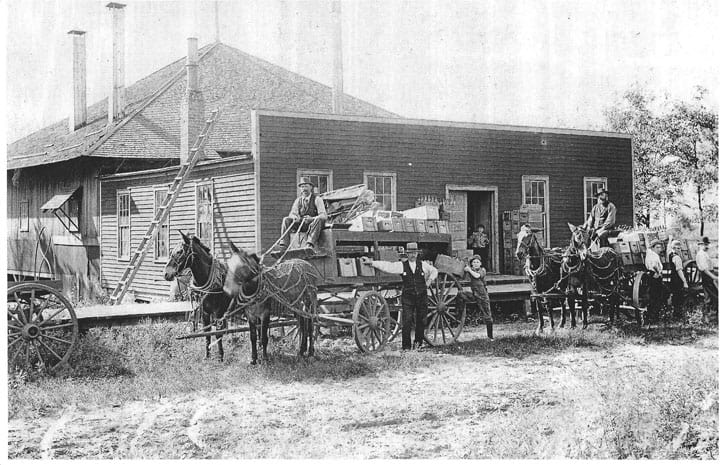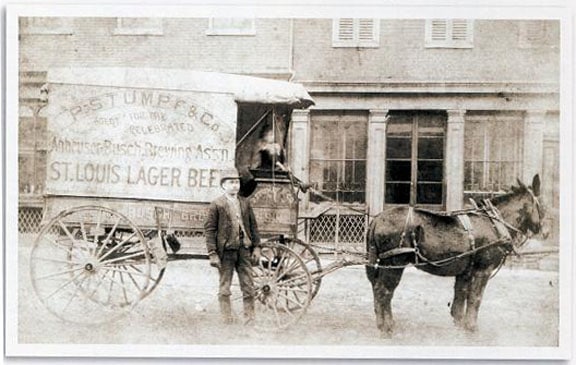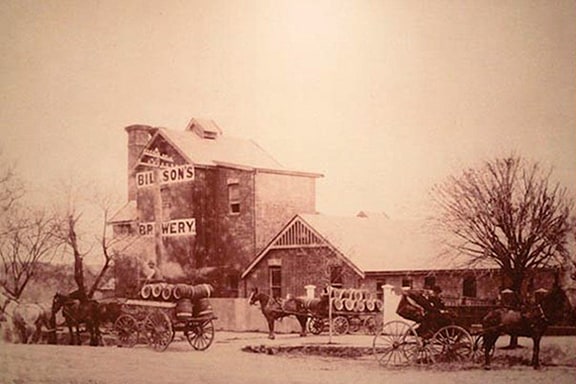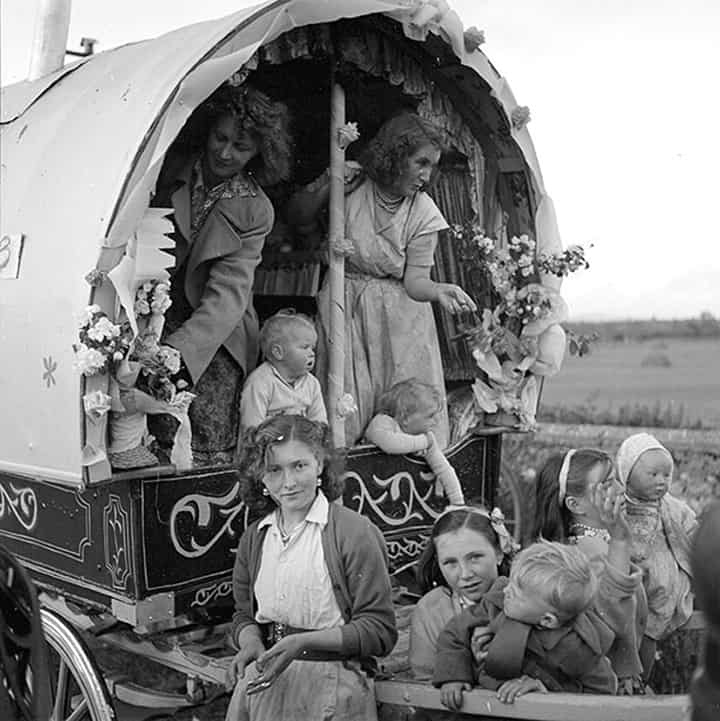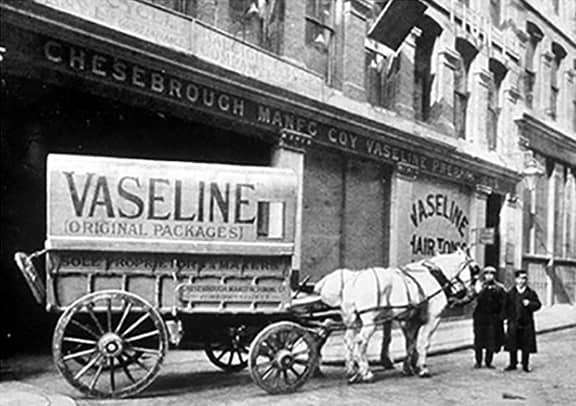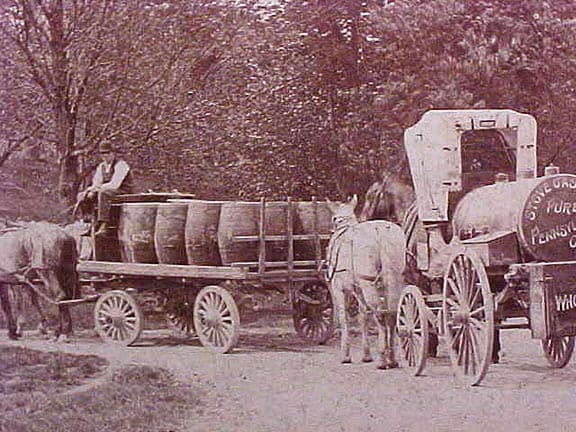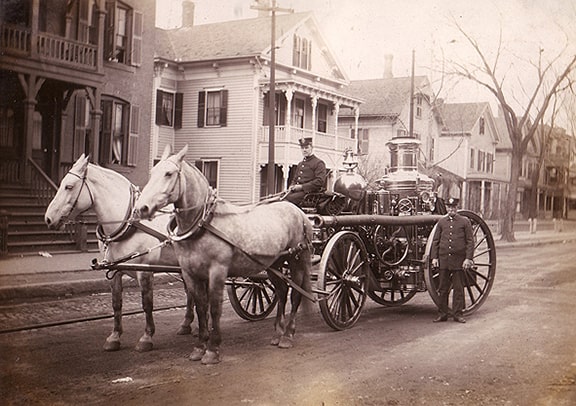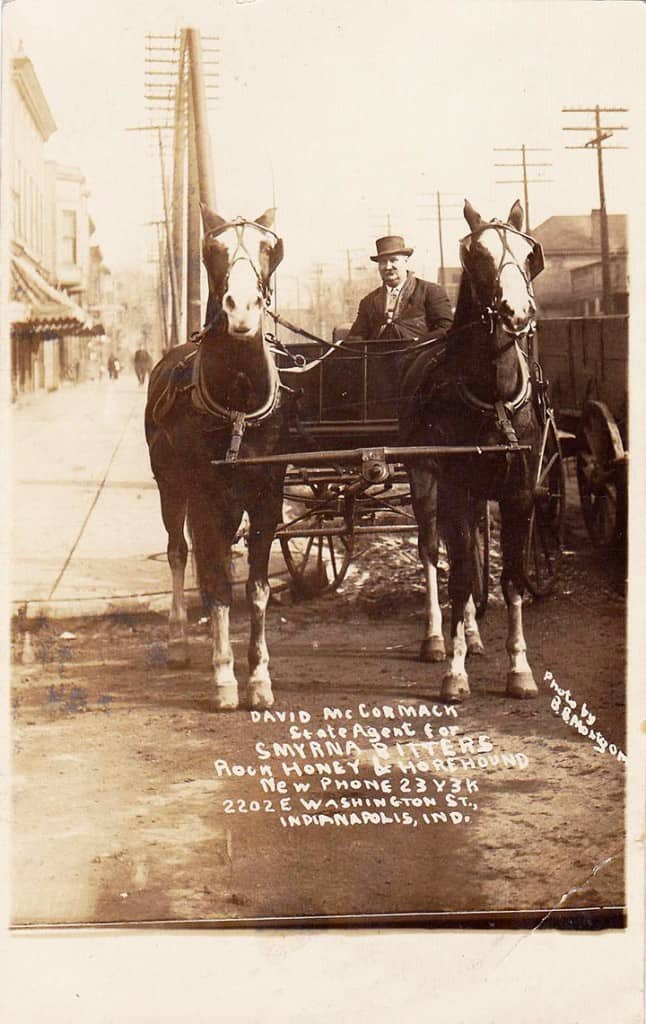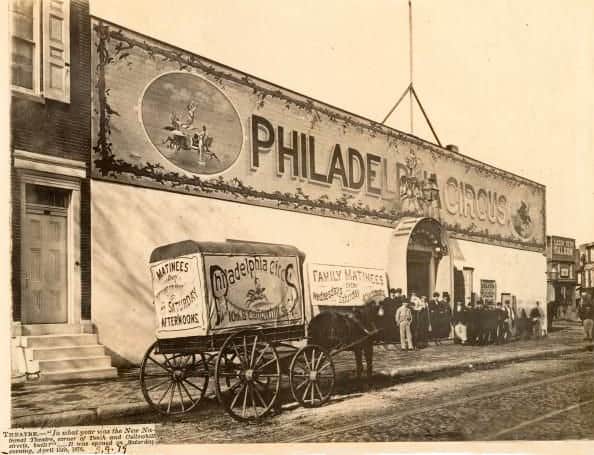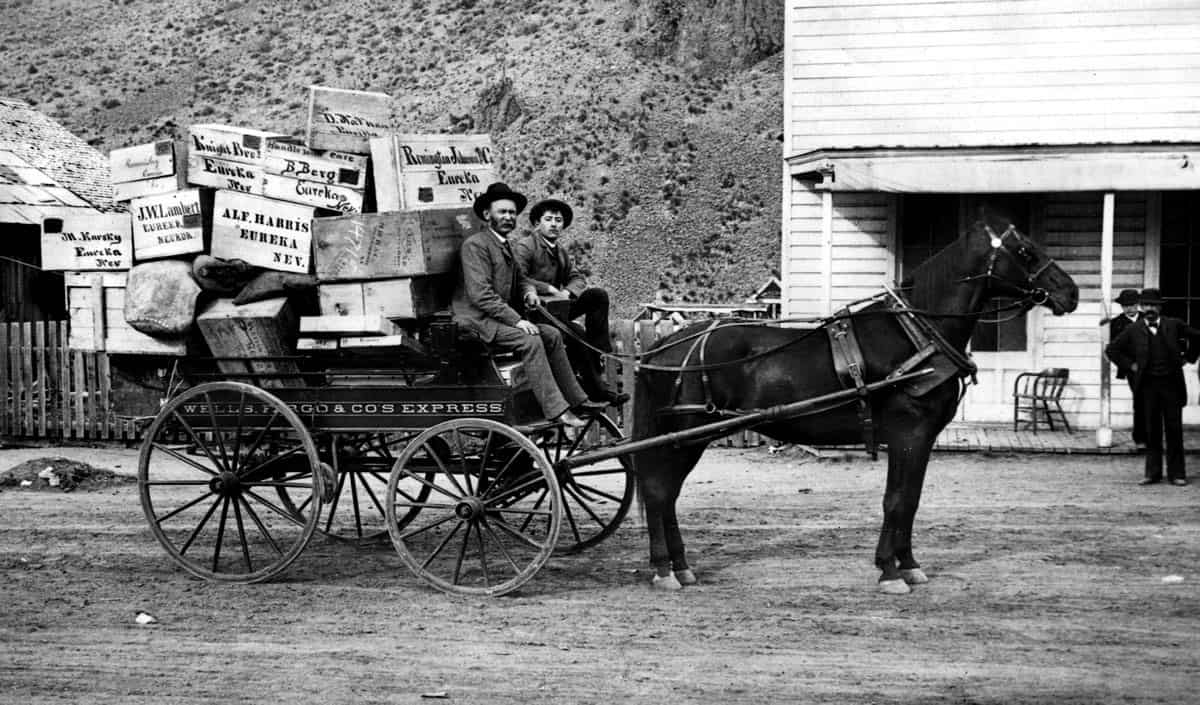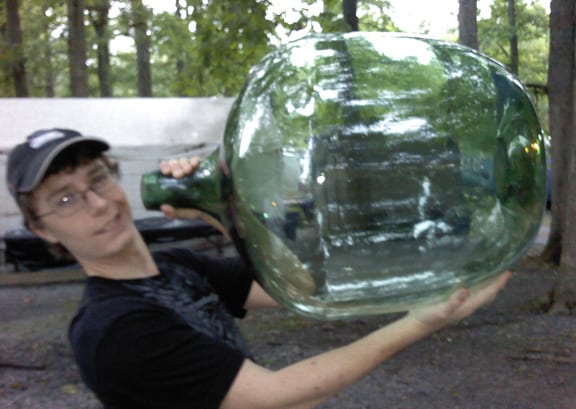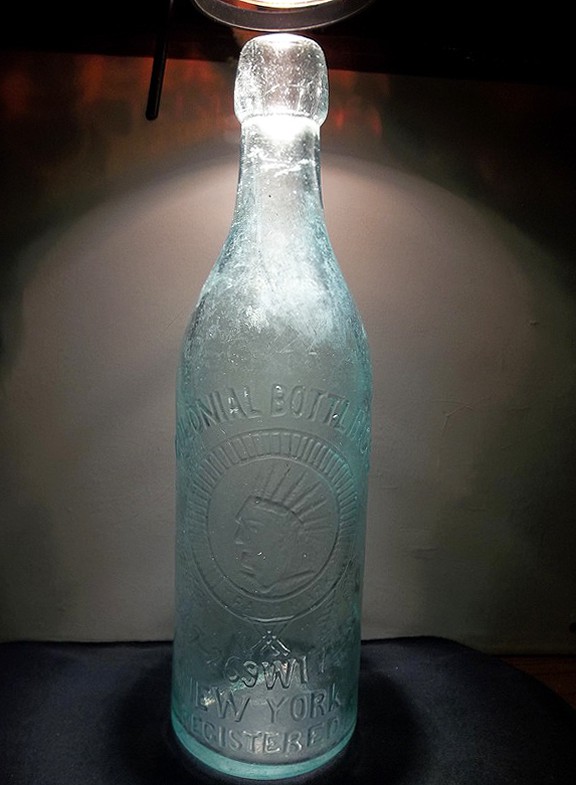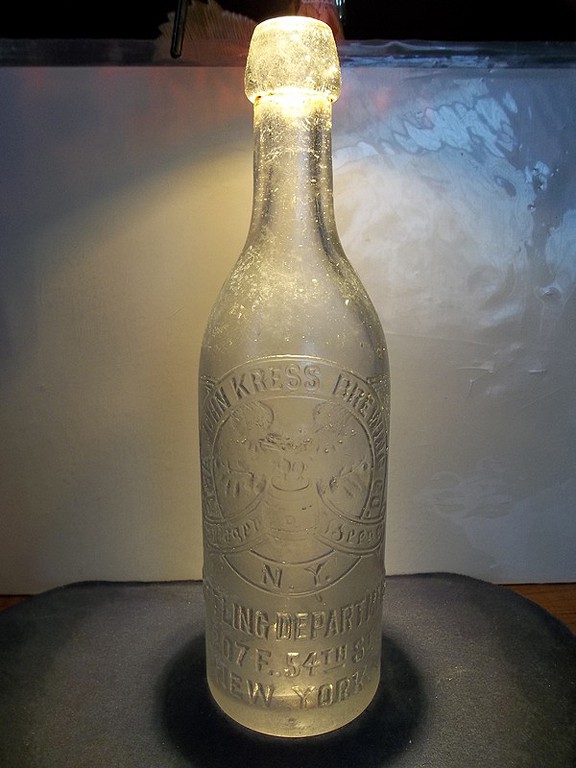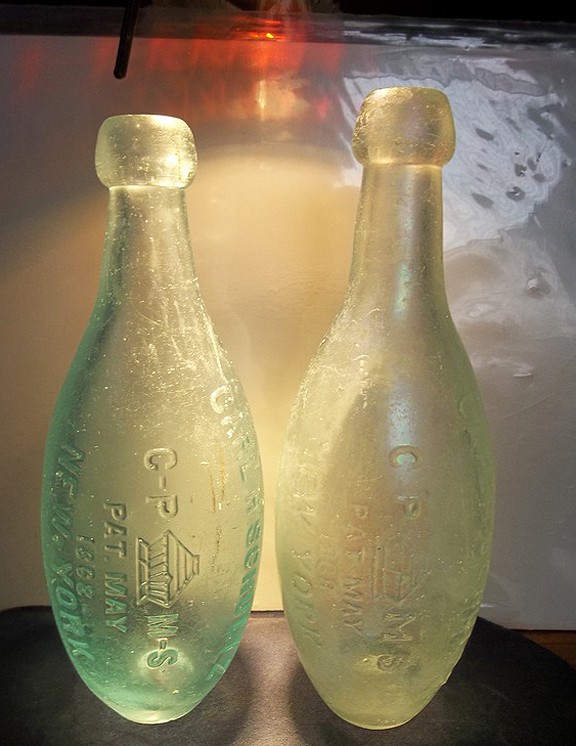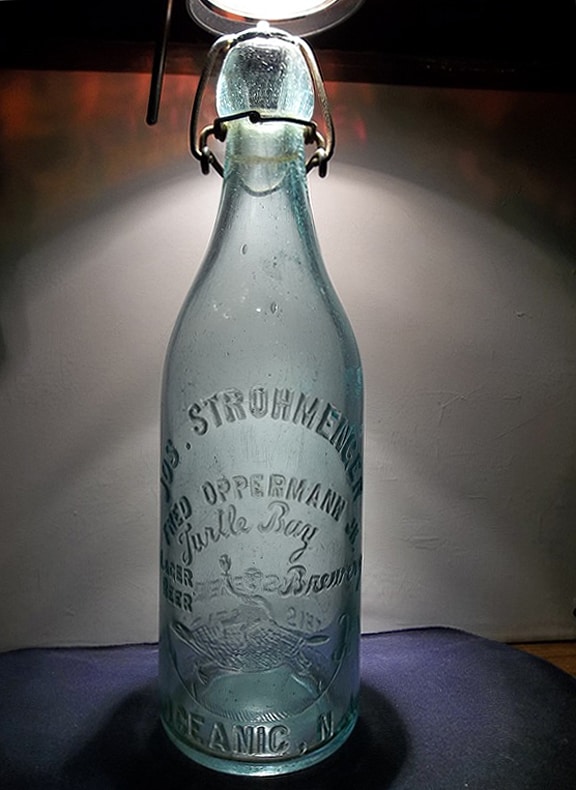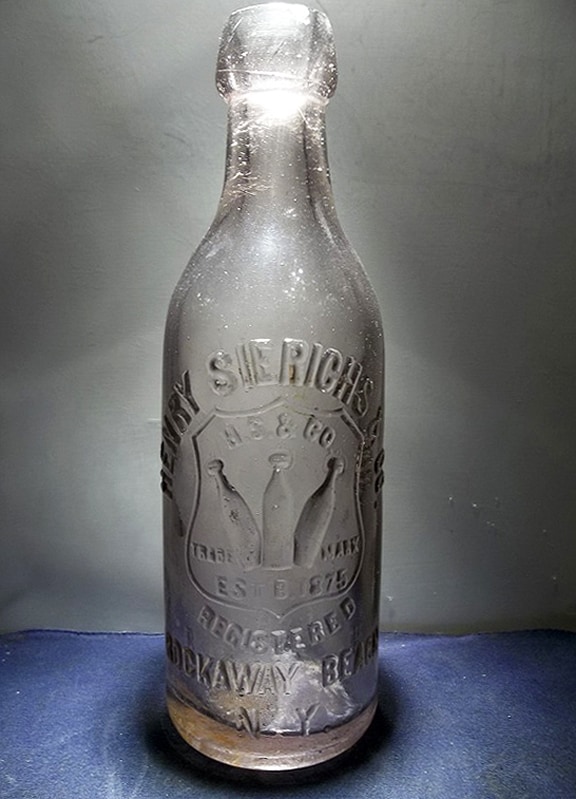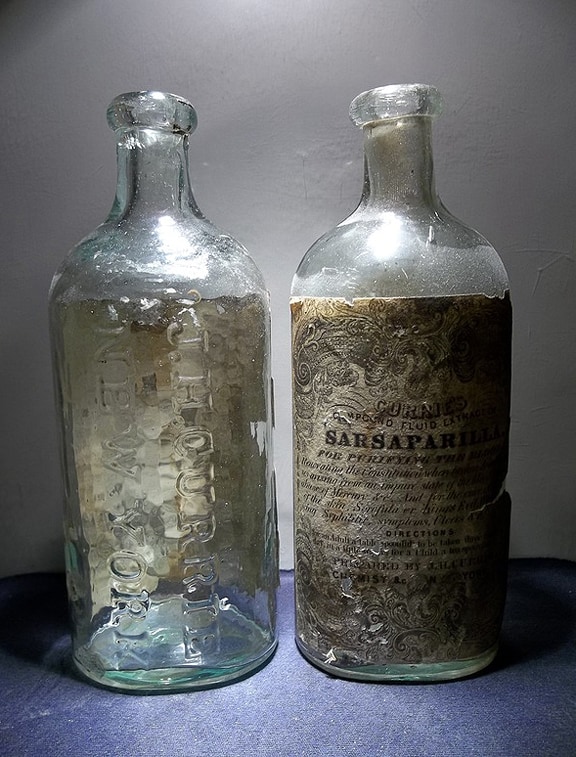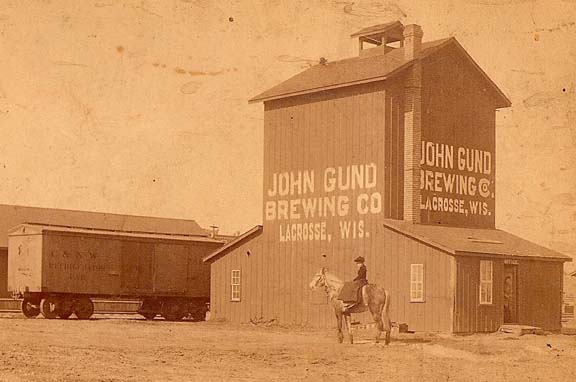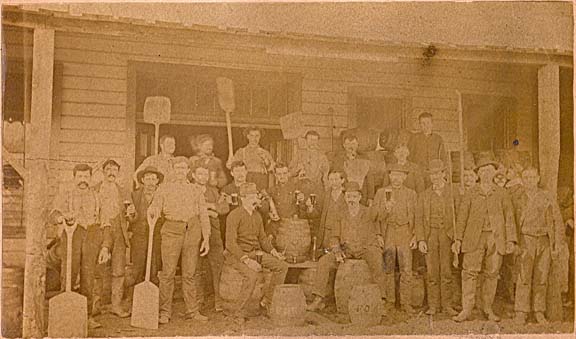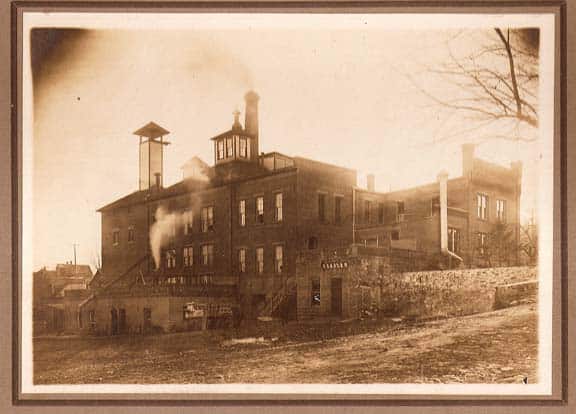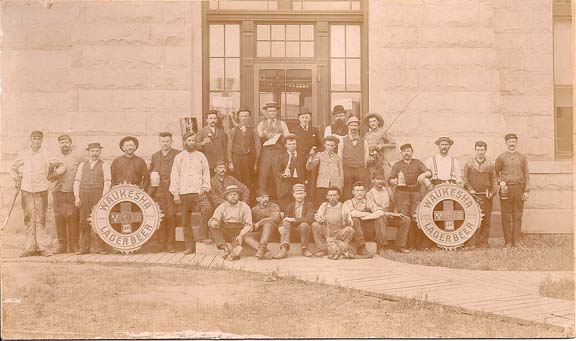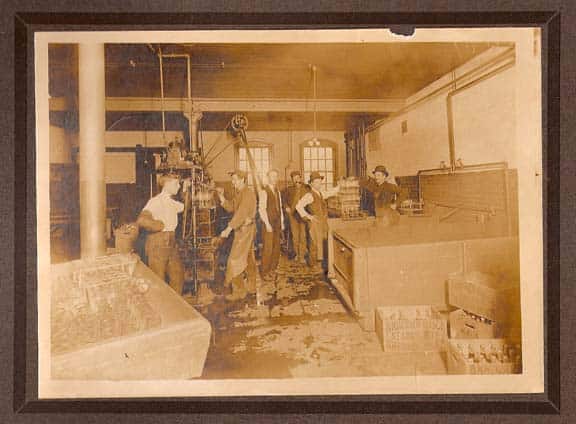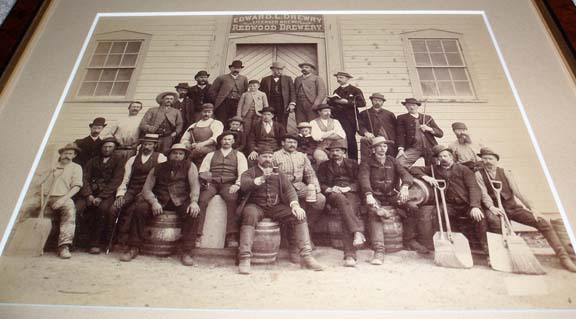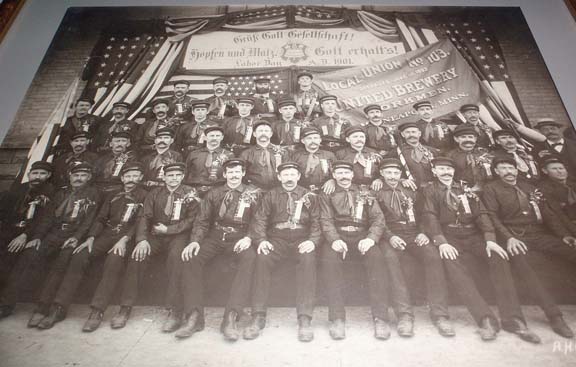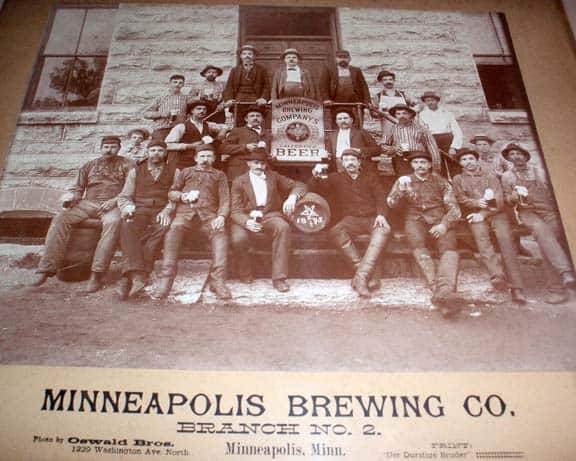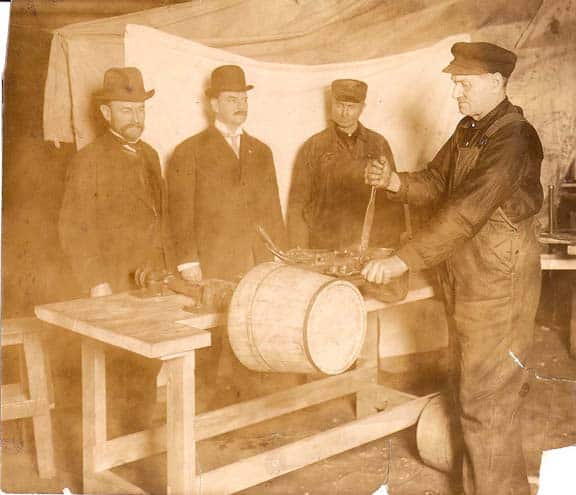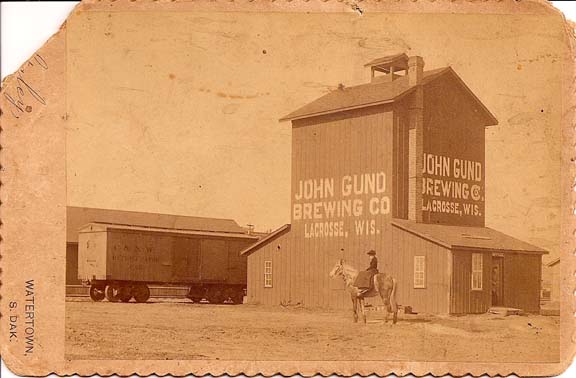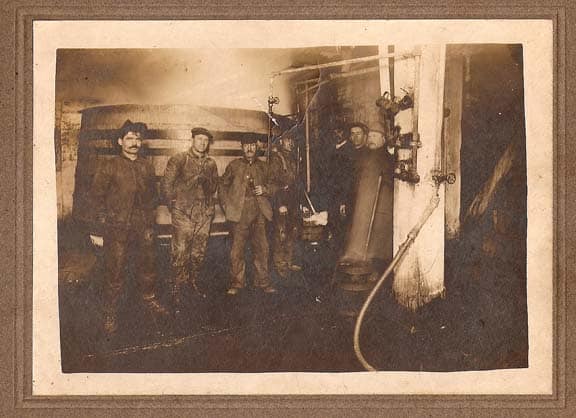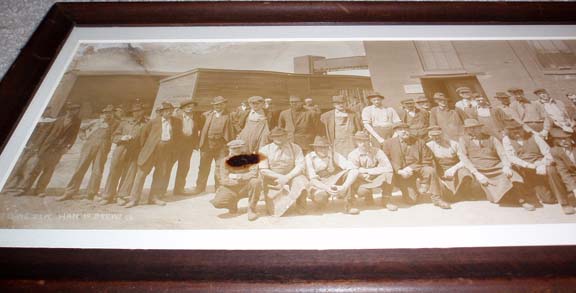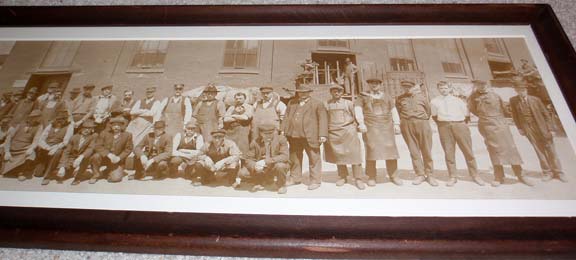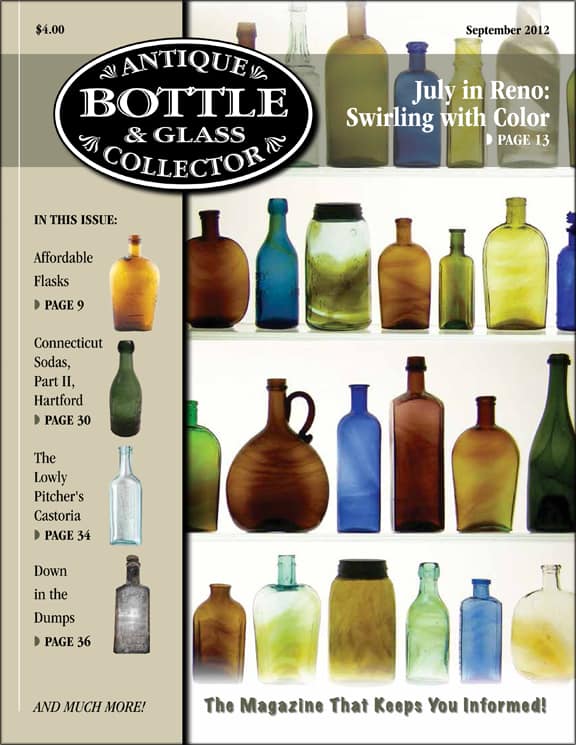
The cover of the September 2012 issue of Antique Bottle & Glass Collector proudly displays Dwayne’s glass as the feature art. – photo Ralph & Janet Finch
“Swirls, Whirls, Twists & Twirls”
D I S P L A Y S E R I E S
Dwayne Anthony won the Most Educational Award at the FOHBC 2012 Reno Expo with his outstanding “Swirls, Whirls, Twists & Twirls” display. This was one of the most exciting displays I have ever seen. A bit challenging to photograph, I have assembled a group of great photohgraphs that the FOHBC professional photographer, Scott Selenak took unless otherwise noted. Way to go Dwayne.
More FOHBC Reno EXPO Show Posts:
Read More: The Barns Miniature Bottle Display
Read More: E.G. Booz and North American Log Cabins Too!
Read More: EC&M Insulator Display at the FOHBC 2012 Reno Expo
Read More: Cigar & Tobacco Jar Display at the Reno Expo
Read More: W.H. Hutchinson Display – Reno Expo
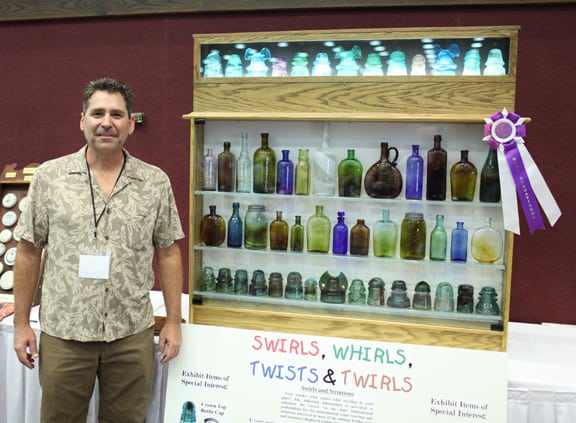
Dwayne Anthony standing in front of his display. Notice that the lights are out on the lower light box as to let the camera capture best Dwayne and the ribbon.
Dwayne’s Bio from his National Insulator Association (NIA) page.
I began my insulator collecting career in 1985. My first major insulator show was the 1987 Fresno National, hosted by Mike Guthrie. I walked away from that show completely dumbfounded — one insulator had a shocking price tag of $1,500! It’s amazing how time and the popularity of this hobby have since shattered that record many times over.
I currently hold about 300 insulators in my collection, which are all on display. I primarily collect early telegraph threaded color and dramatic, junky UFOs (unbelievable foreign objects) found in glass insulators. This includes, but is not limited to: coins, nails, fish hooks, bottle caps, rocks, wire, unusual heavy swirls and huge bubbles or masses of bubblesójust about anything highly unusual. Other specialties include colorful lightning rod and radio strain insulators.
I served as the National Insulator Association President for the two-year term of 1992-94. I hosted the 1995 NIA Western Regional Show in Visalia, CA, and co-hosted the 1996 NIA National Show in Long Beach, CA. In the spring of 1995 I released my first edition of The Collectors’ Color Catalog of Desirable Insulators, a consignment-based insulator auction service. My wife, Ofelia, has since collaborated with me on this endeavor, and our auction is now offered under the title of Open-Wire Insulator Services. We currently present our auctions in both Internet and hardcopy catalog form. This is a part-time sideline business for us and we enjoy it mostly for the friendships it establishes with other collectors. I am also involved in an ongoing educational and awareness project that provides documentation materials and color altered insulator samples for public educational purposes, for which I proudly received the National Insulator Association’s 1998 Outstanding Service Award, which in turn partially led to the NIA Lifetime Membership Award in 2004. I enjoy traveling to insulator shows and have thus far attended 20 NIA National Shows across the country.
My wife and I jointly collect antique poison bottles, colored fruit jars and juice reamers. I also collect gemstones (with a fondness for tourmaline), fossils, mineral specimens and have a collection of personally formed and hand polished gem quality spheres, ranging from two to nine inches in diameter. I also have an extensive, historic collection of early (1870’s-1910) embossed bottles from the local area. I collect colorful antique bottles in just about all categories and enjoy an occasional bottle dig (but insulator hunts are my favorite). I also have an interest in growing exotic varieties of palms and cycads on our property, as well as fruit trees. With all of these interests I am often asked, ìWhich one is your all-time favorite?î With no hesitation I always instinctively reply, “INSULATORS!”
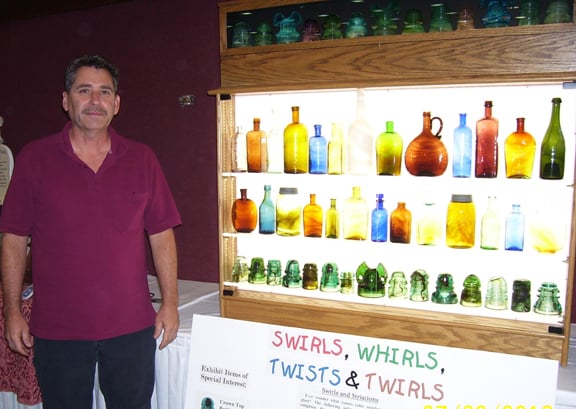
Dwayne Anthony standing in front of his display. Notice that the lights are now turned on within the major display area. – photo Alan DeMaison (photo appeared in Bottles and Extras)

